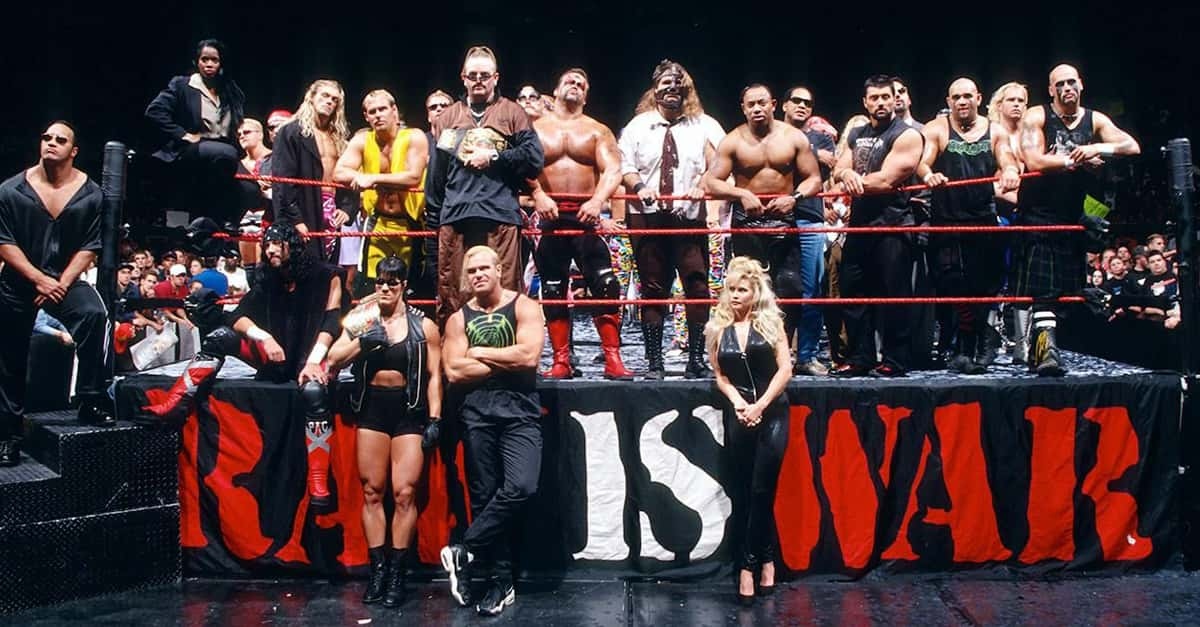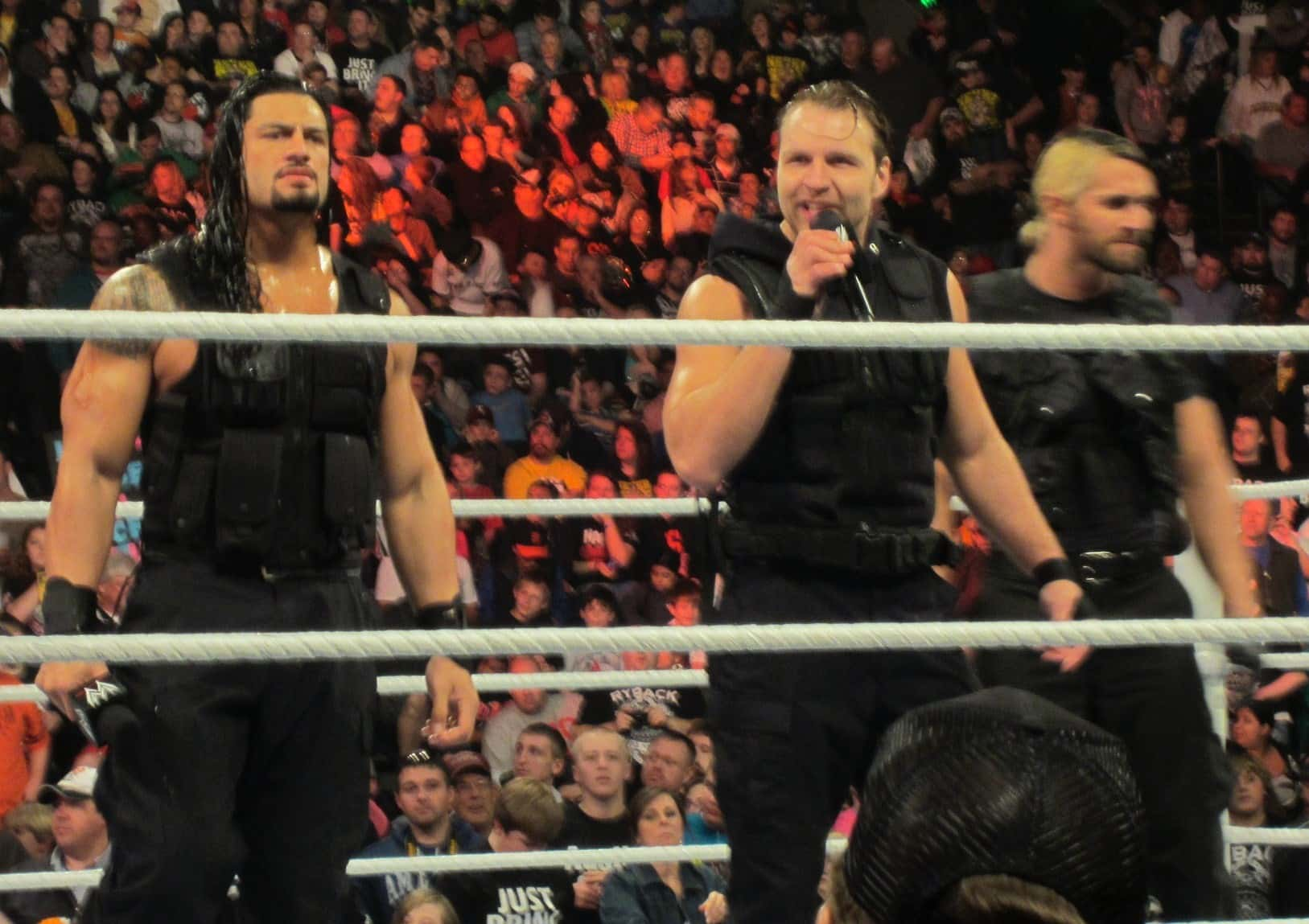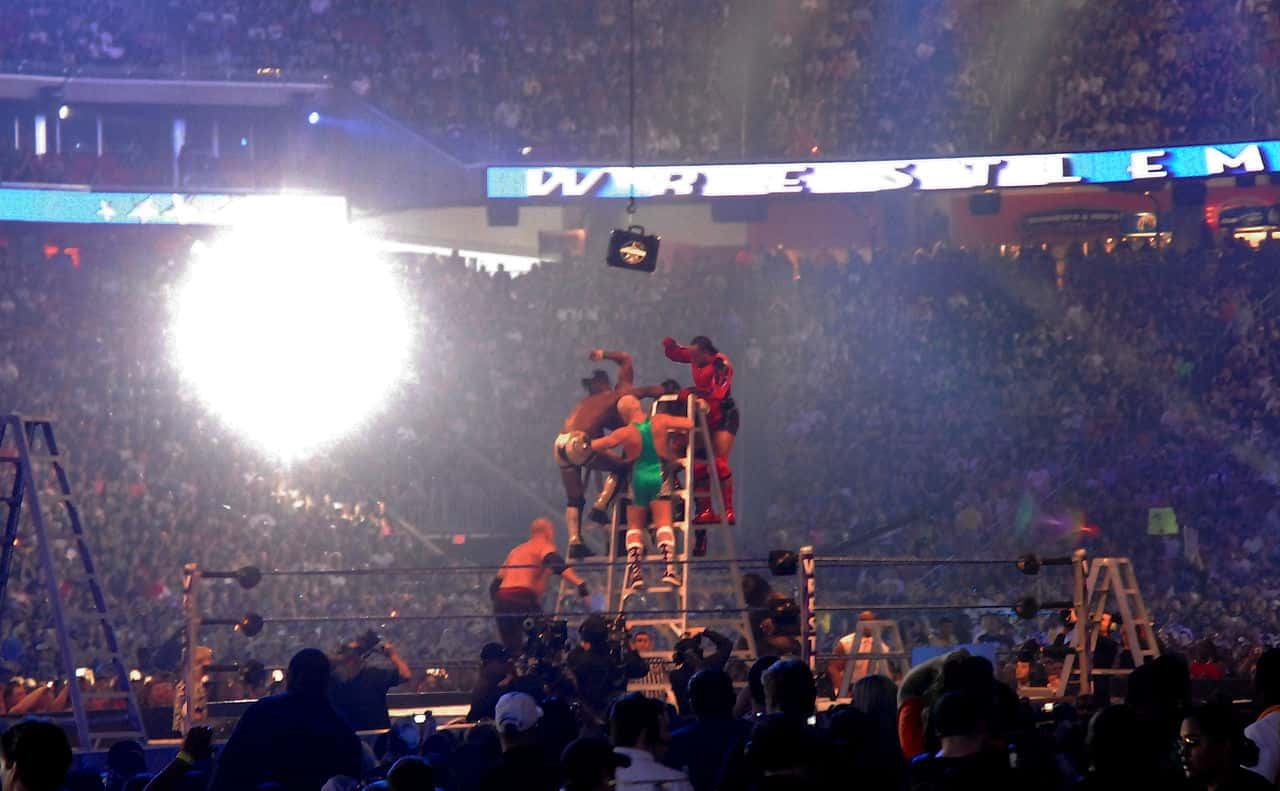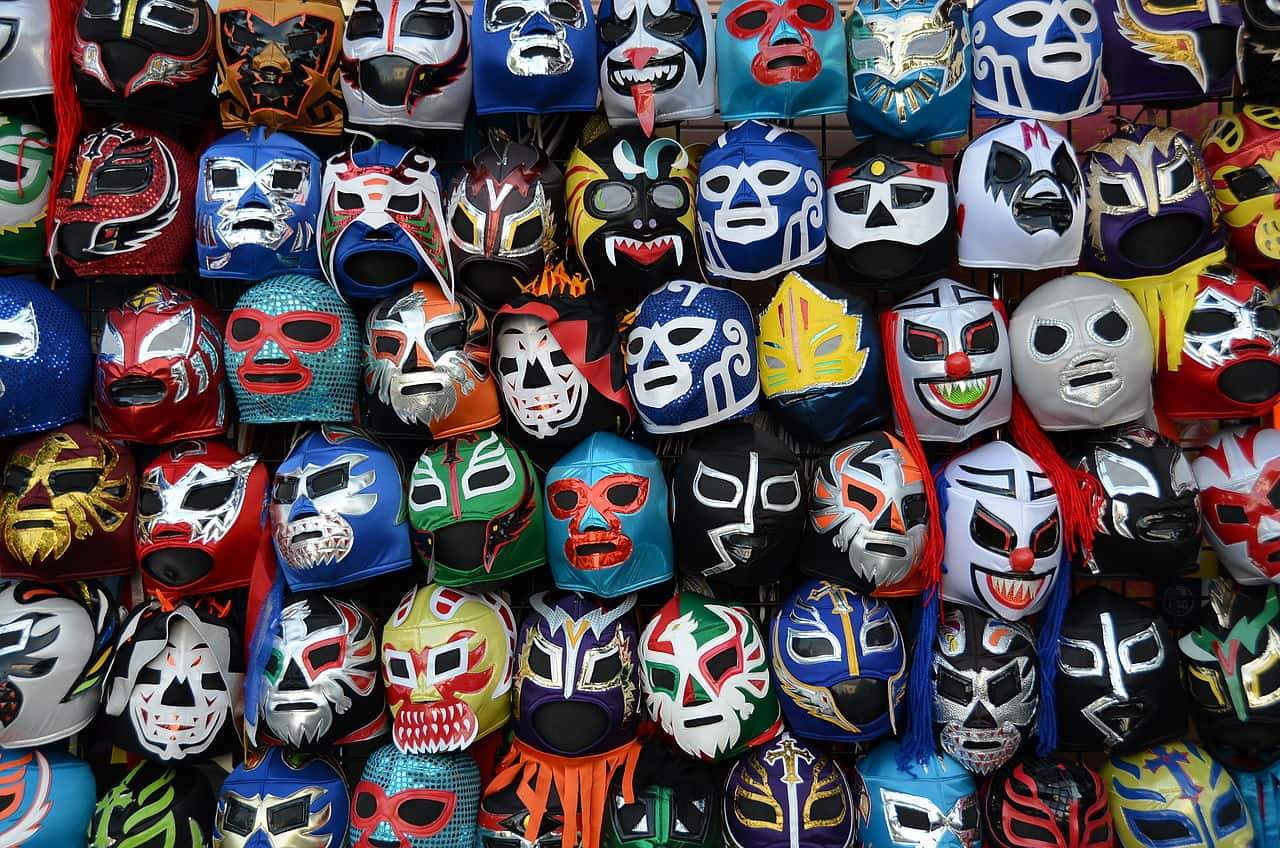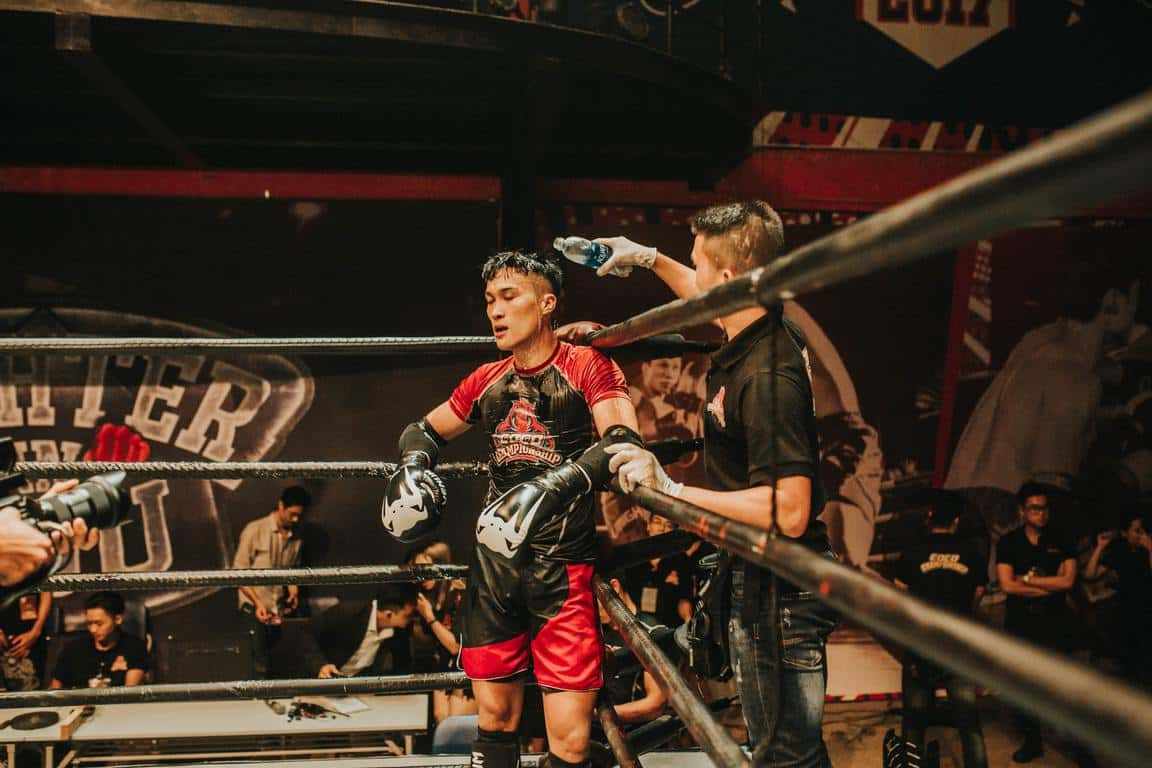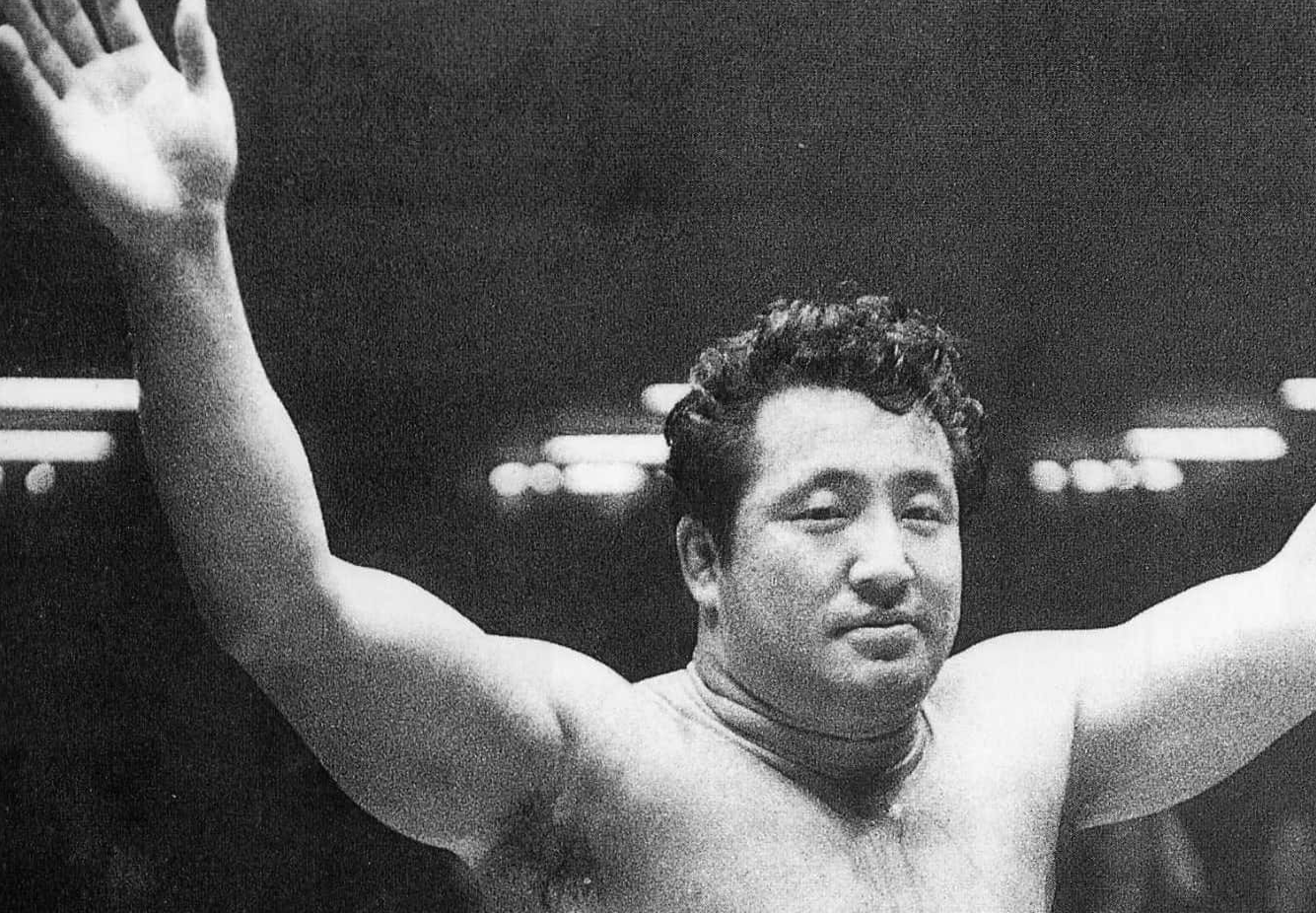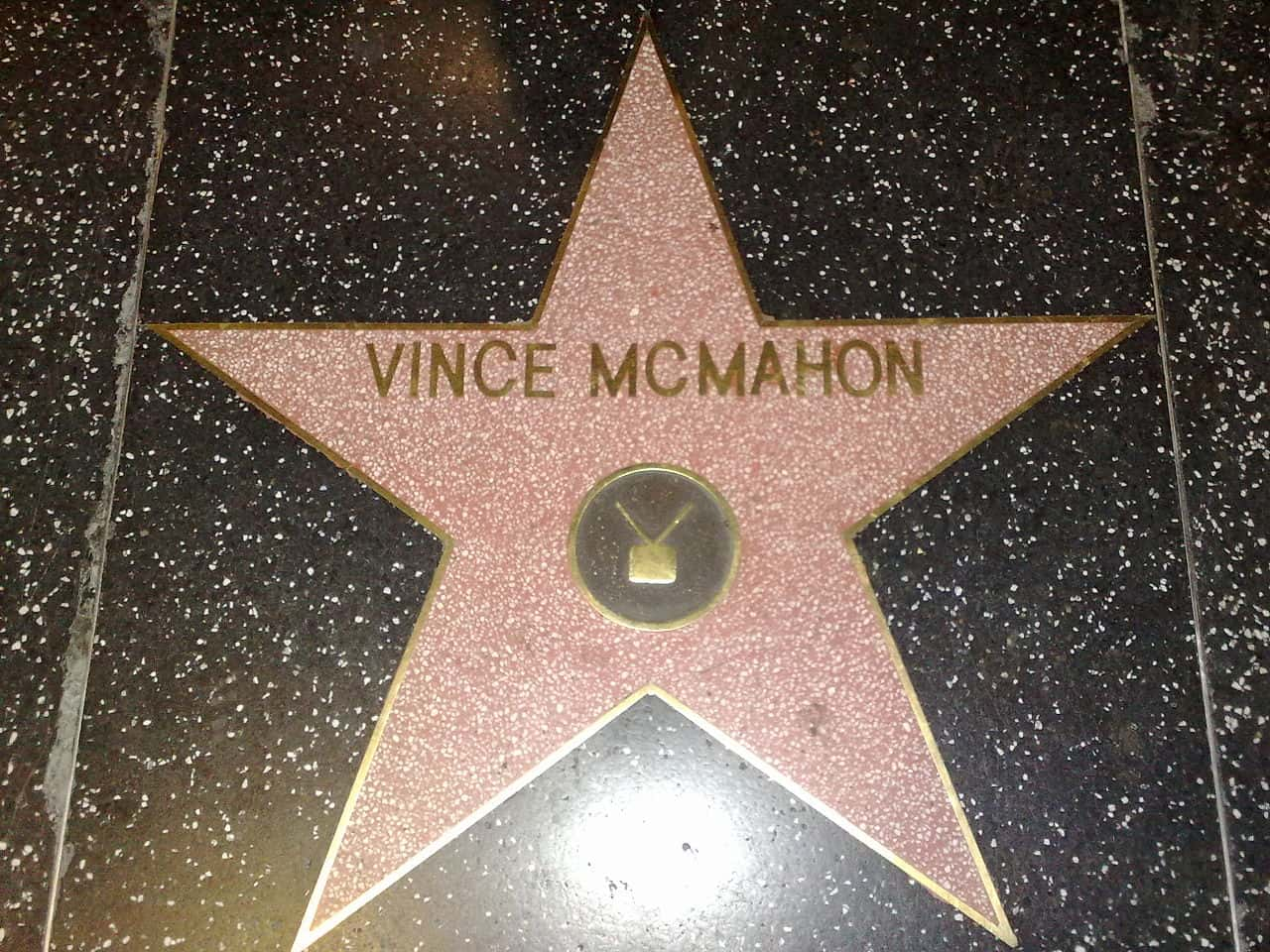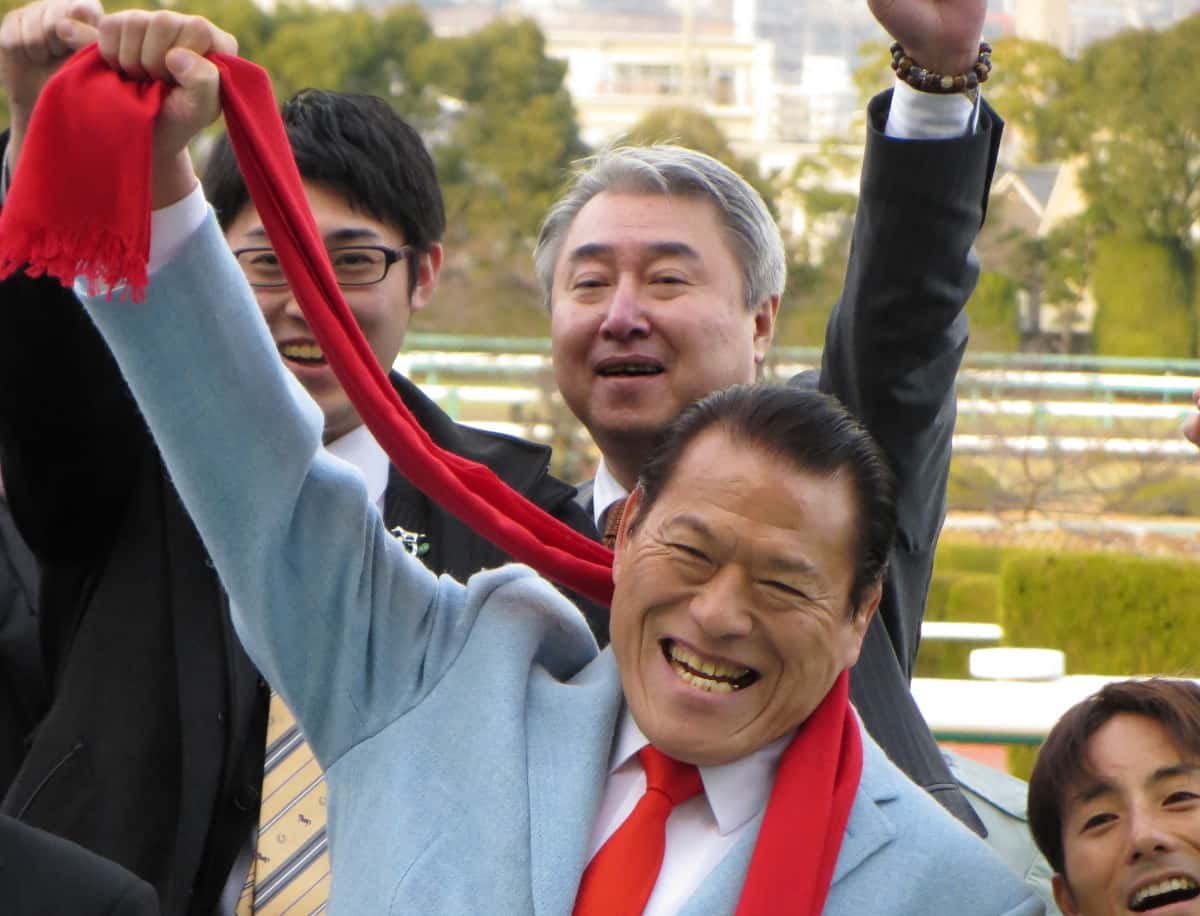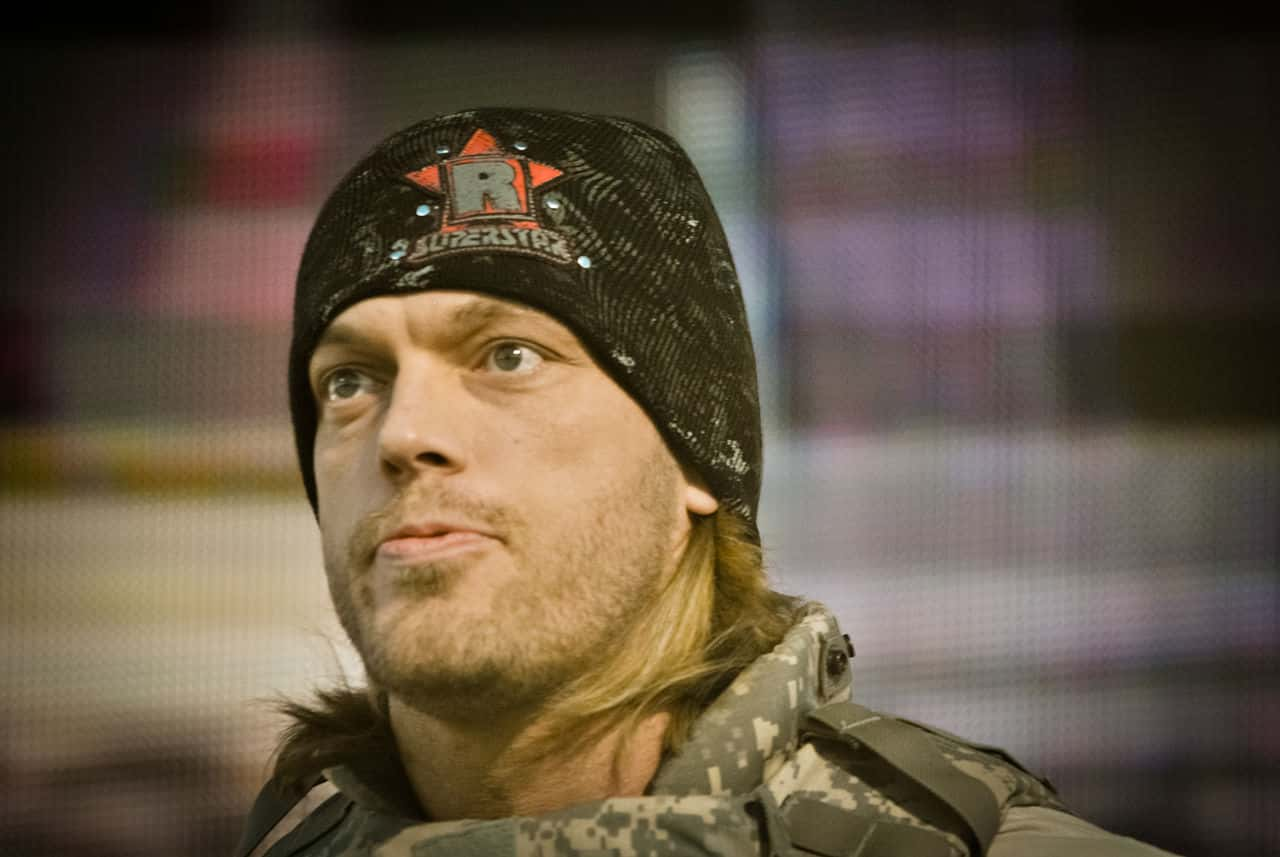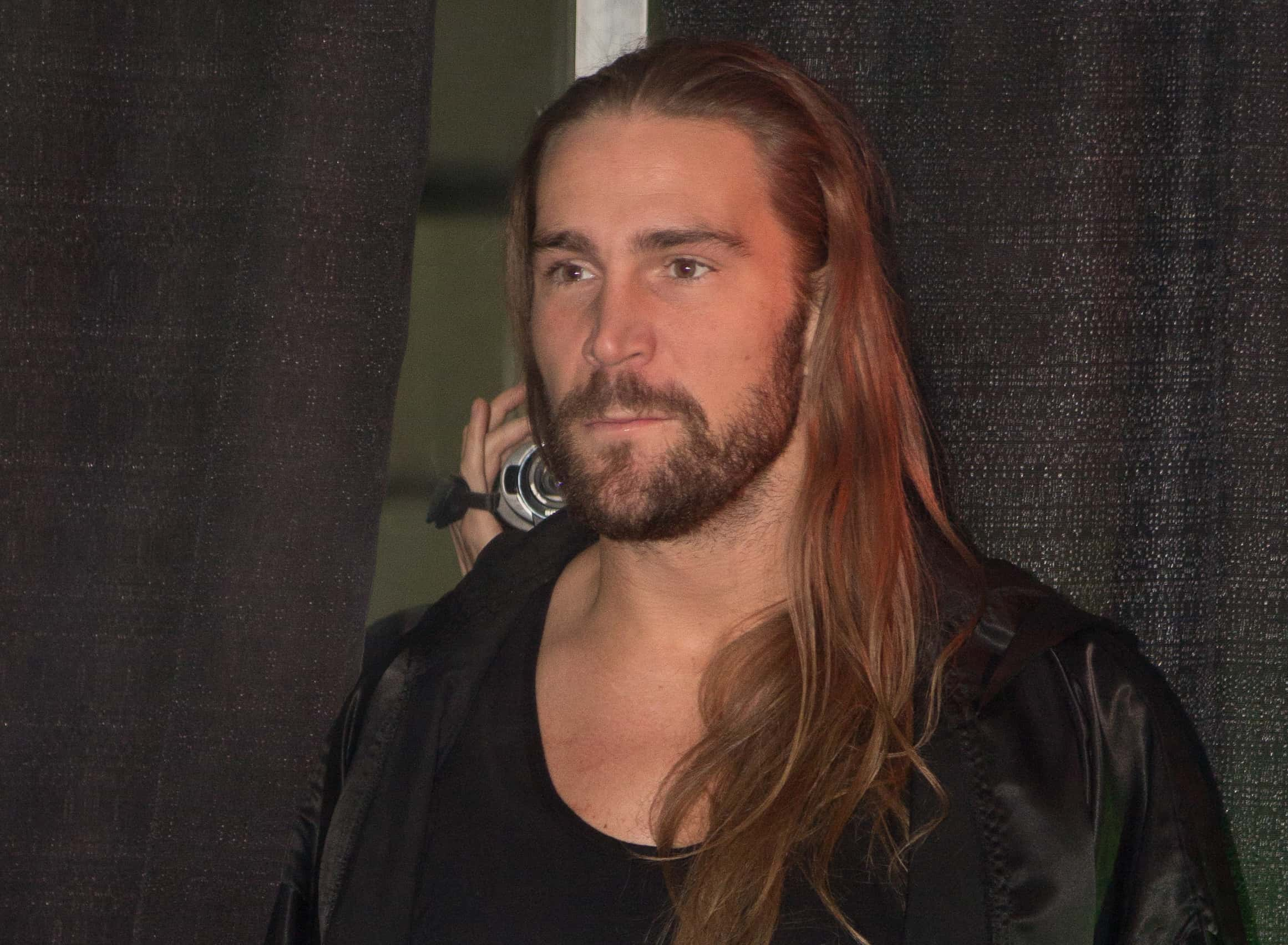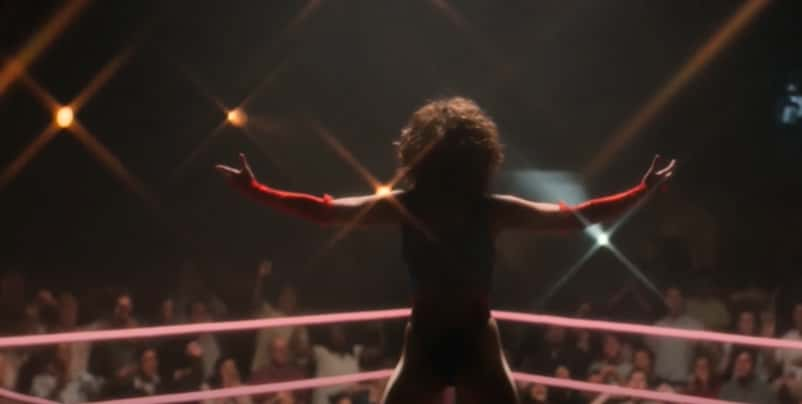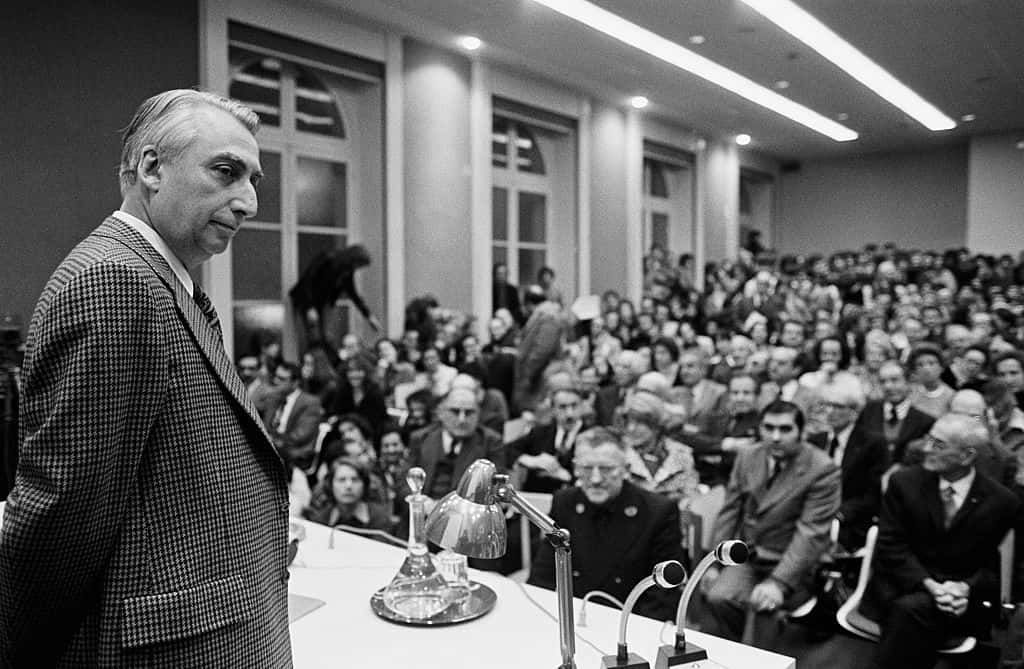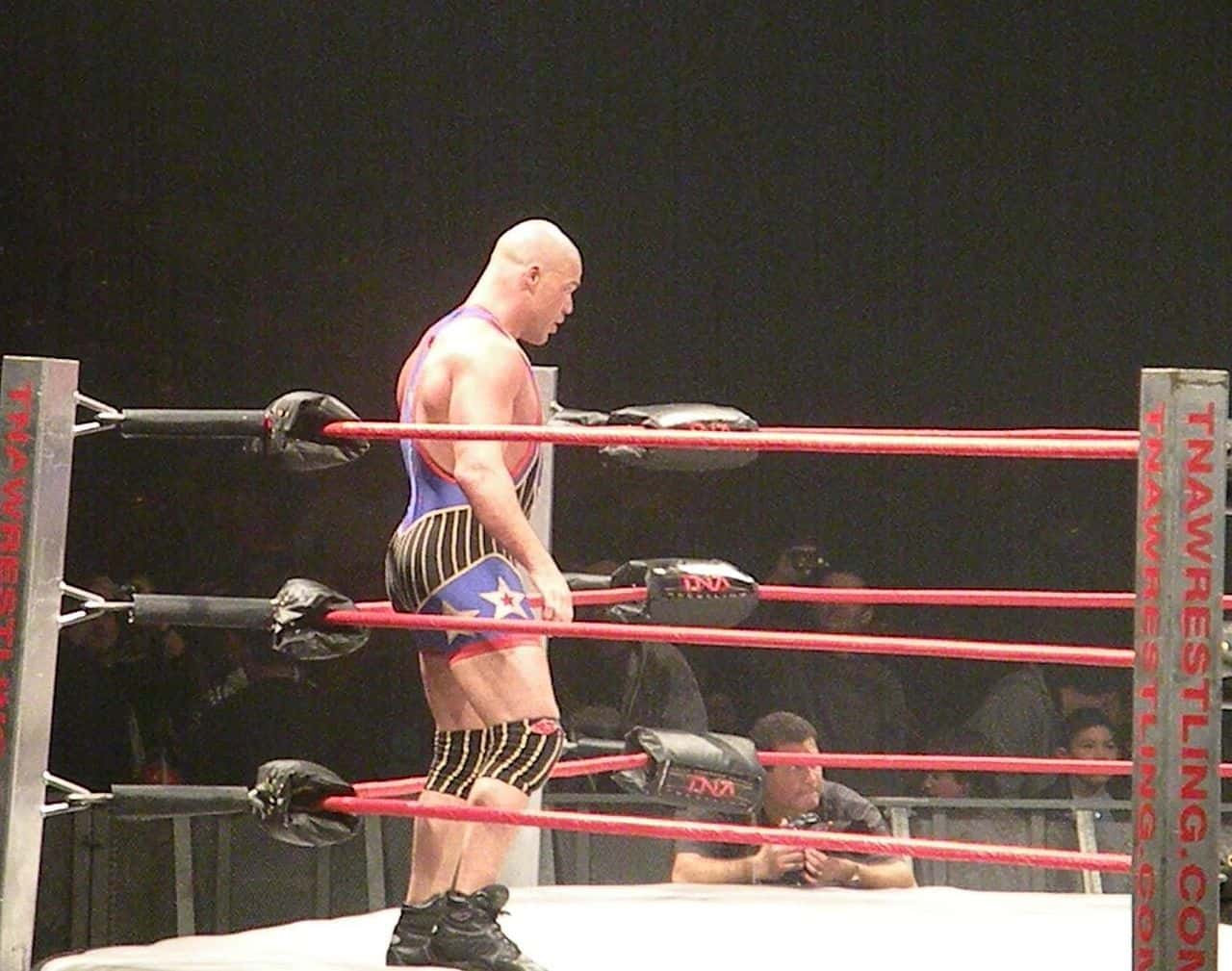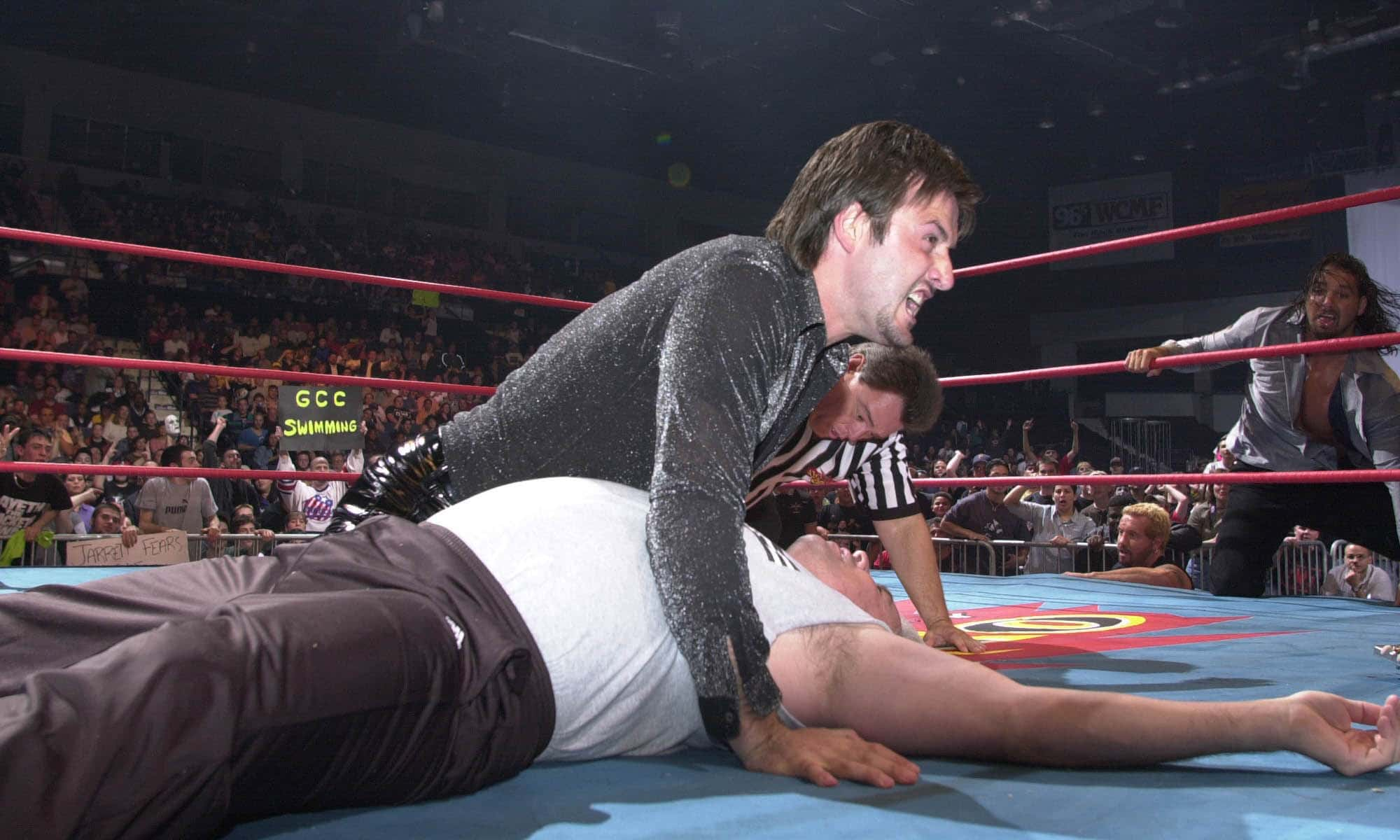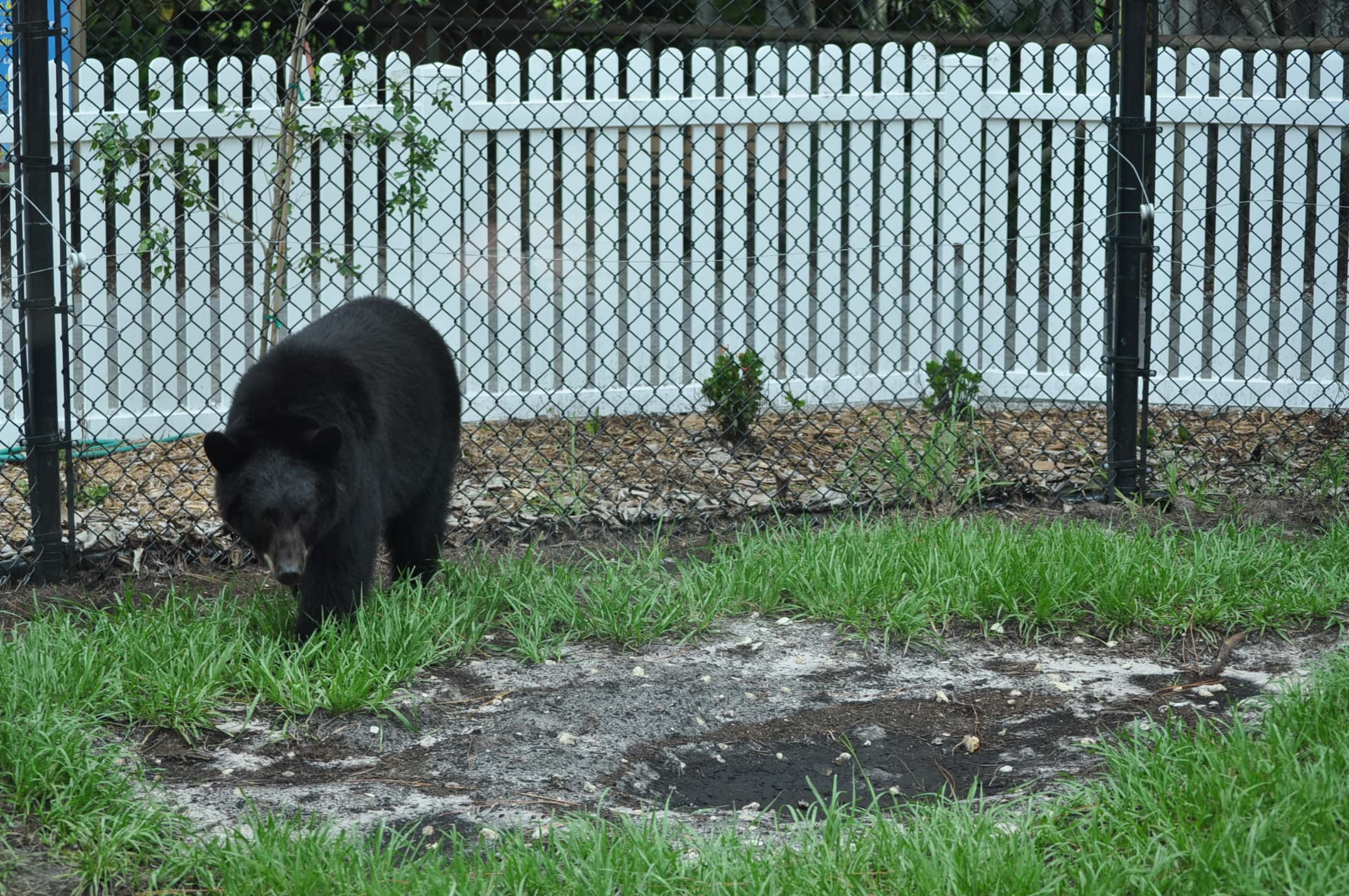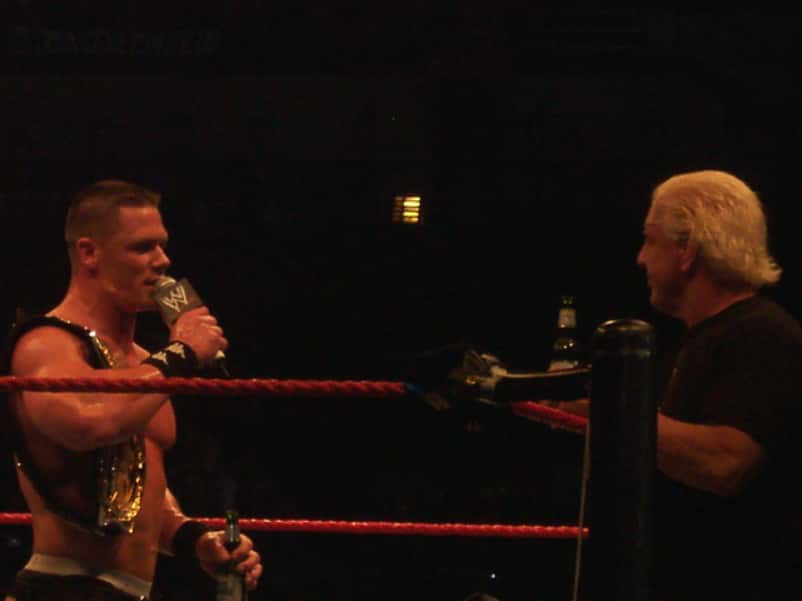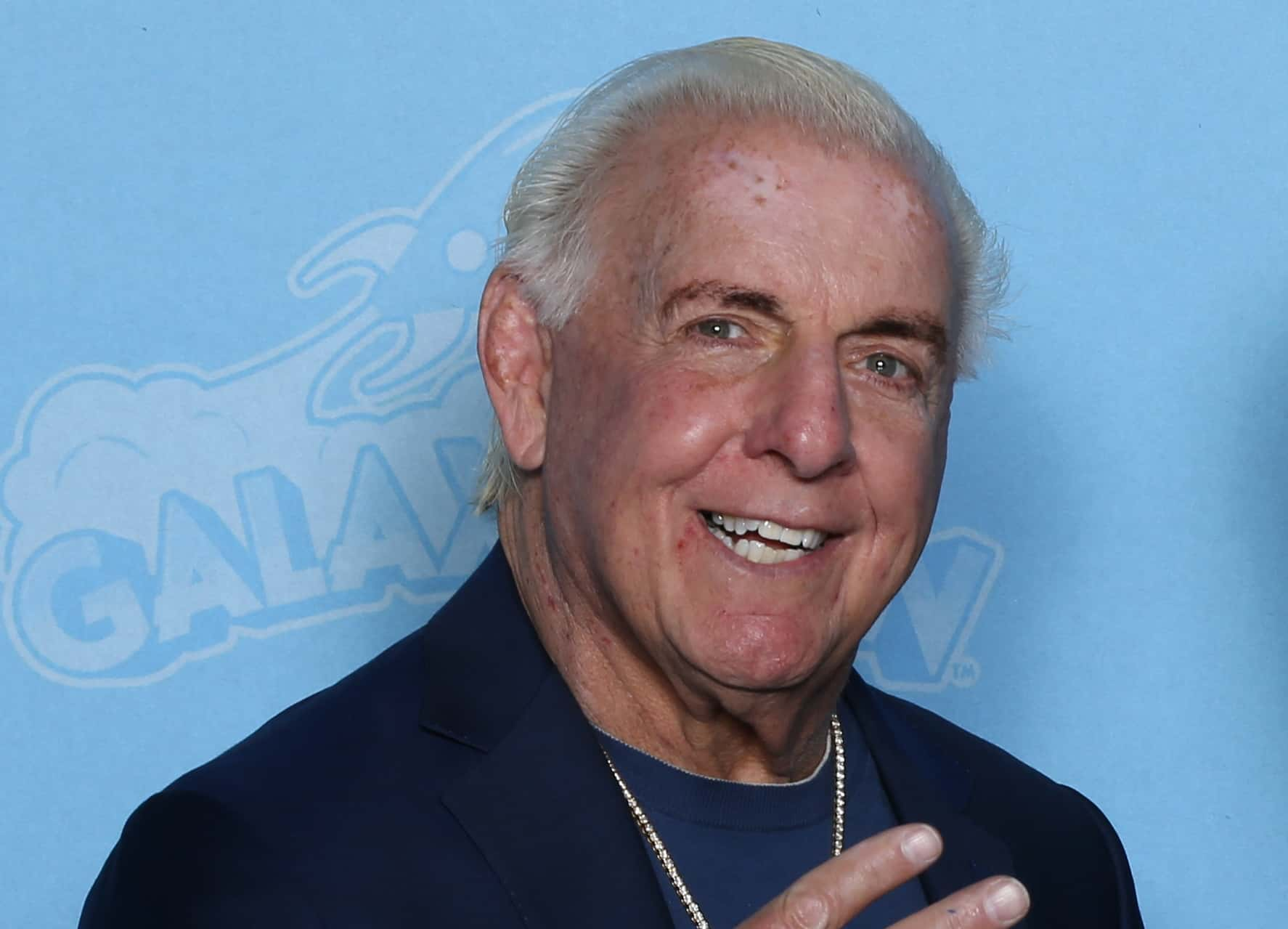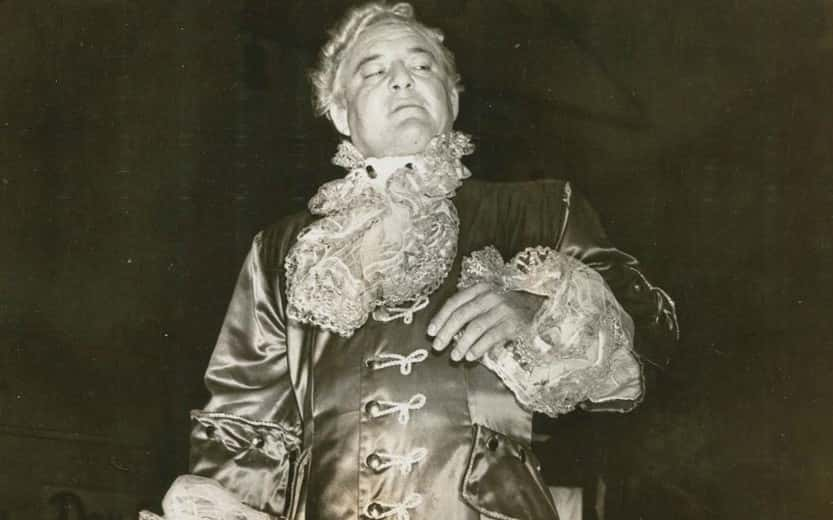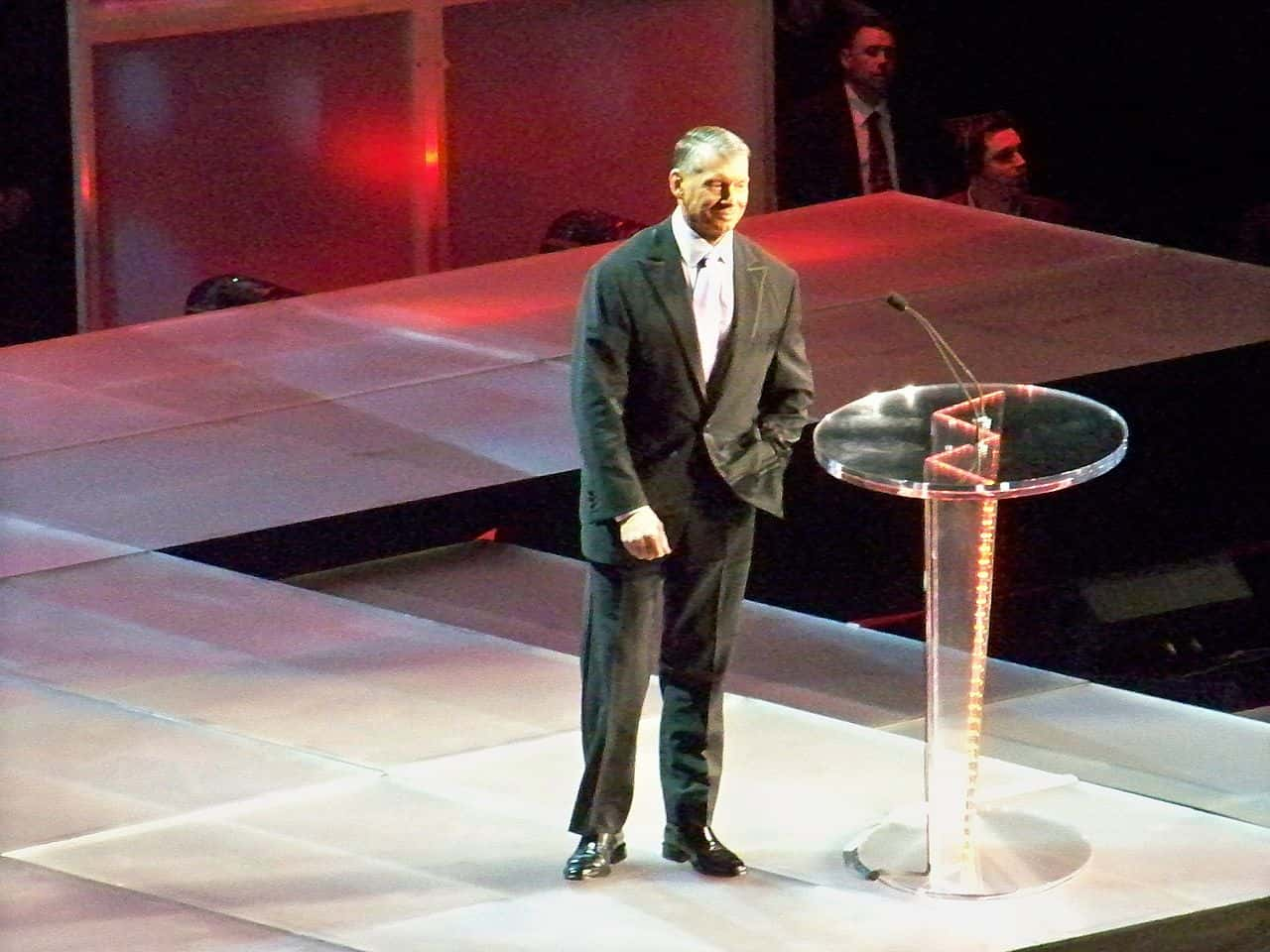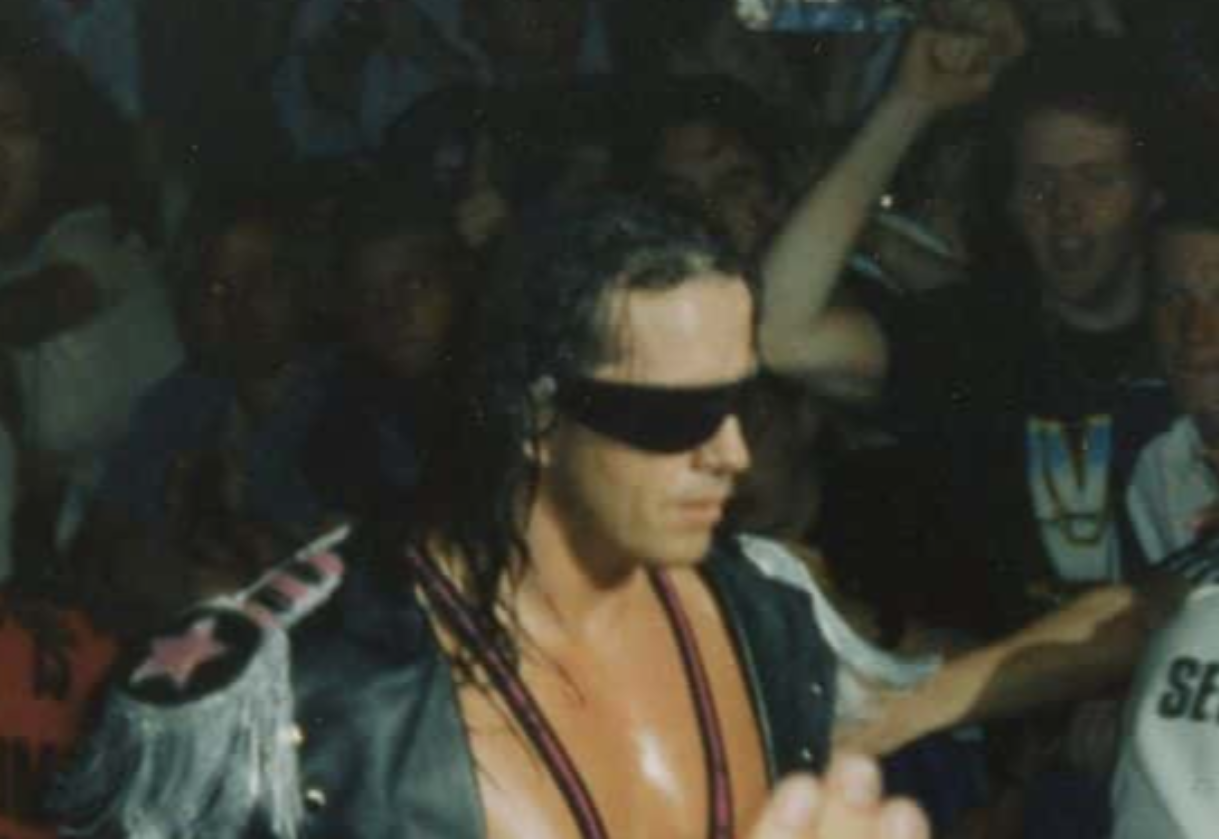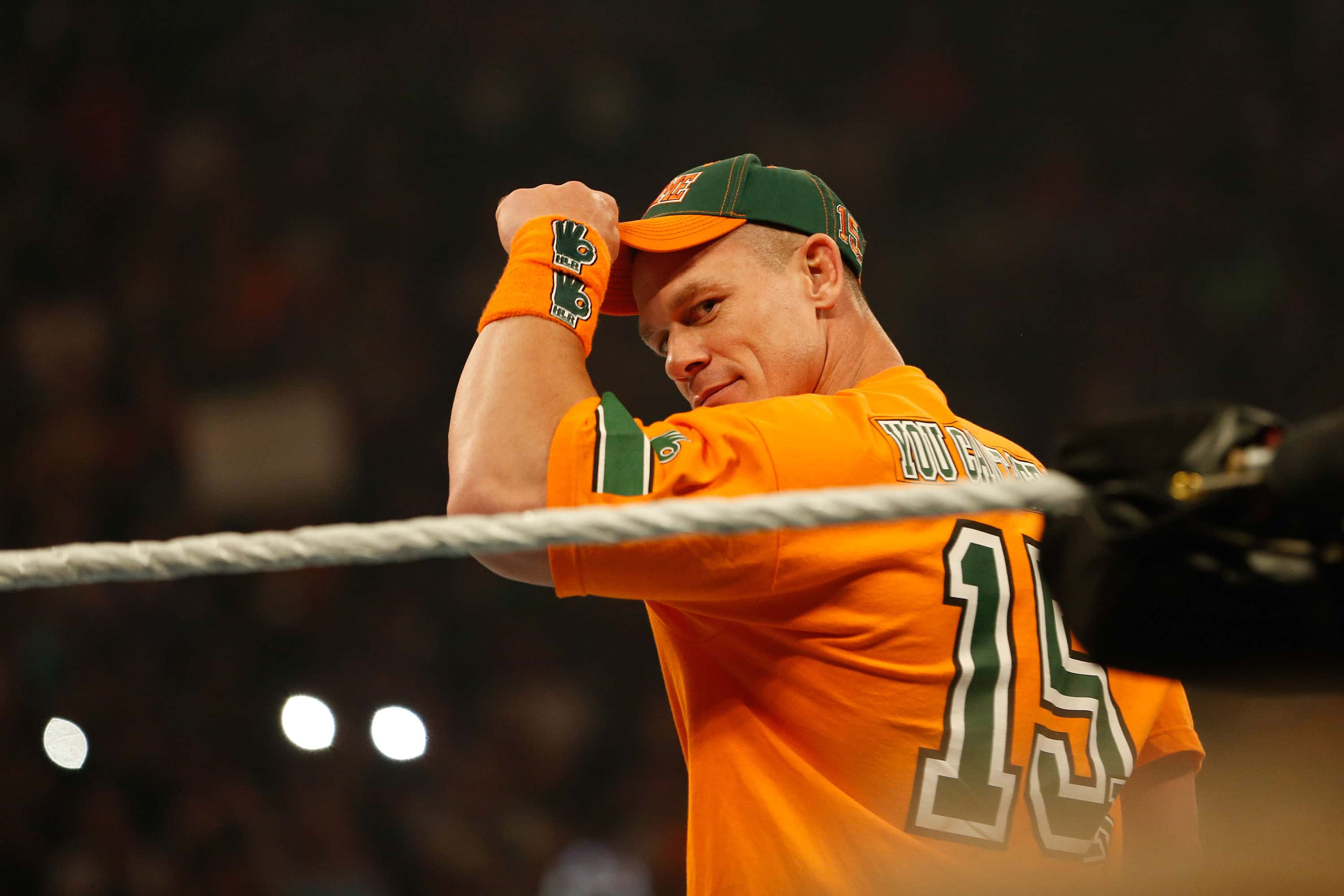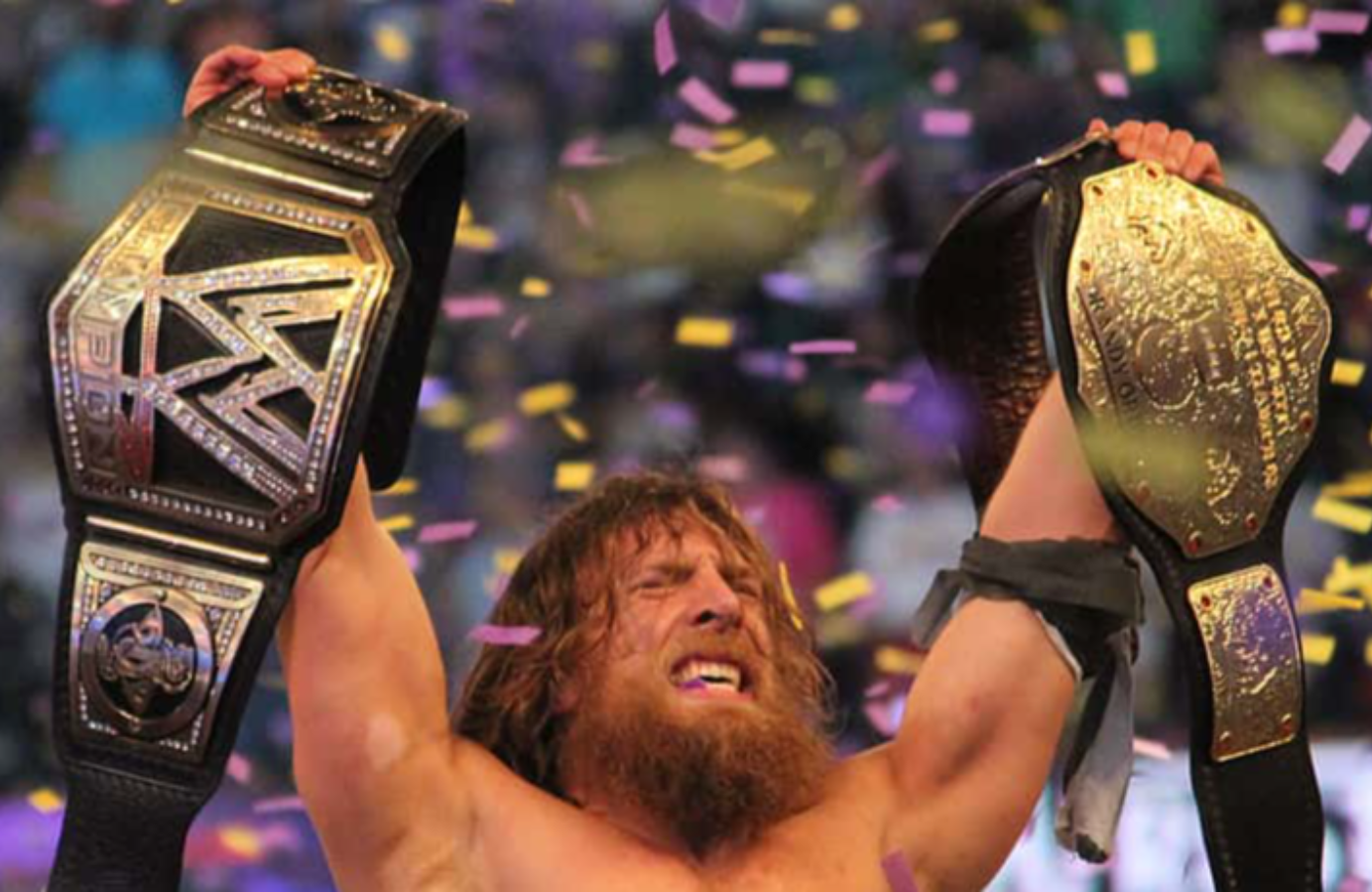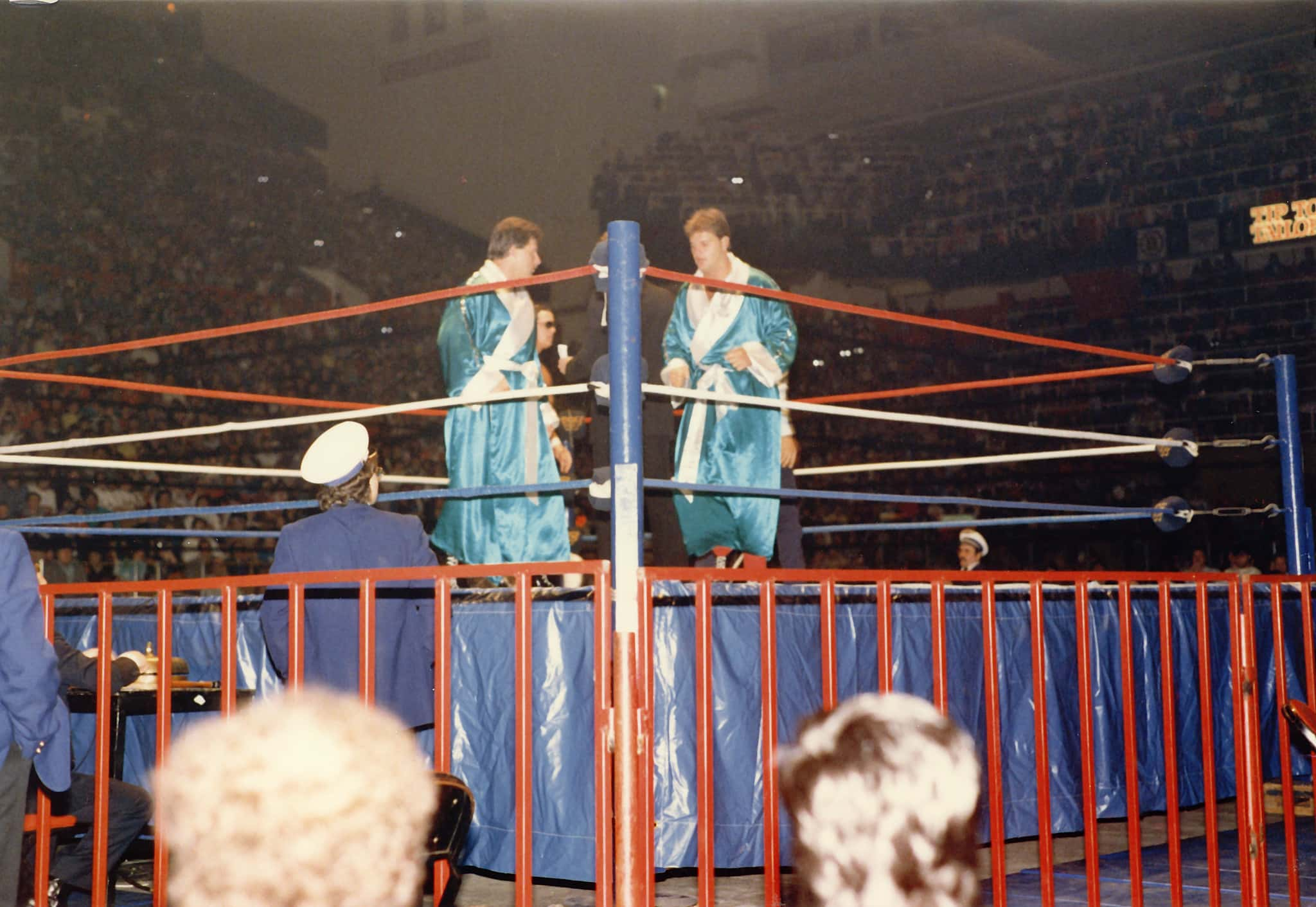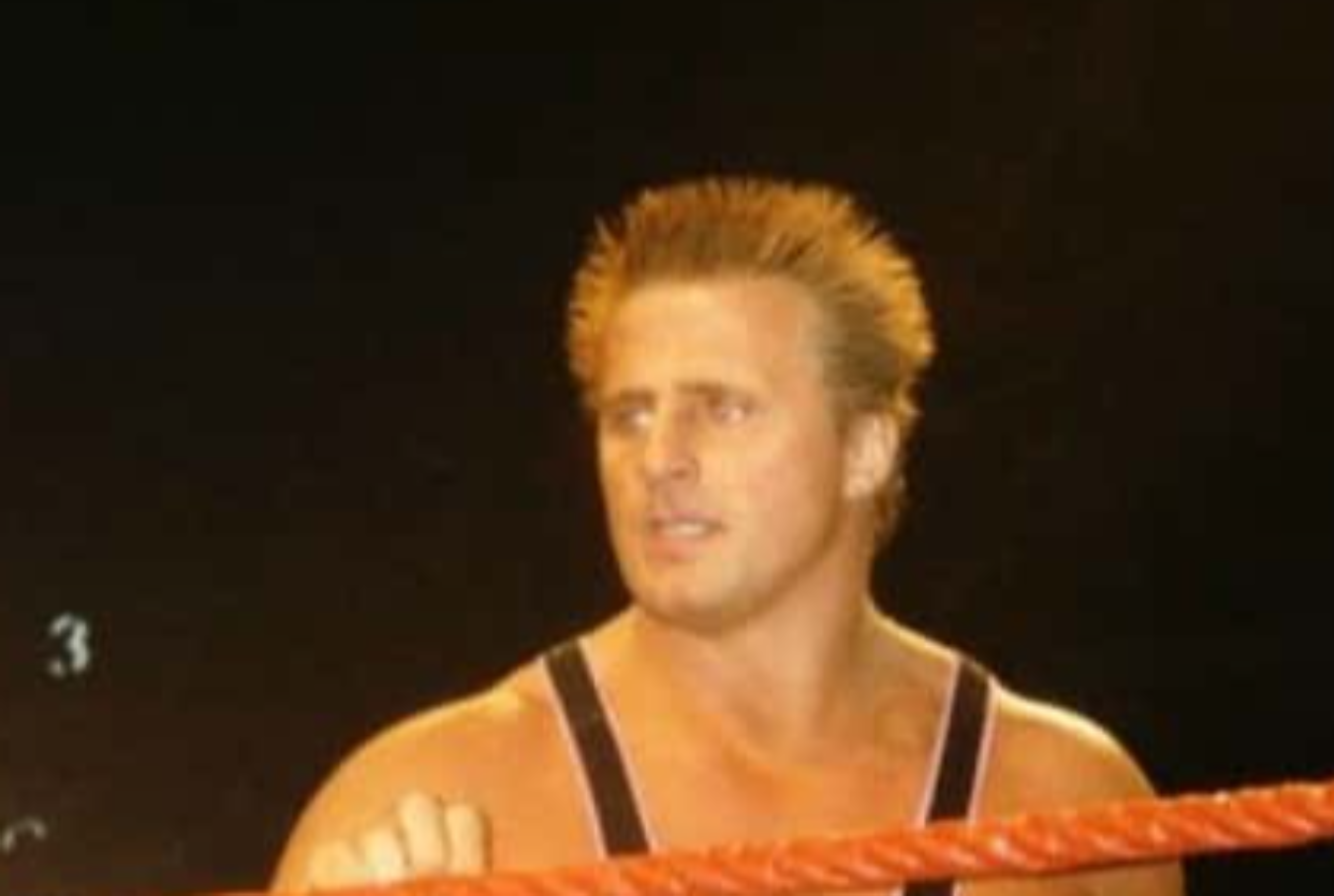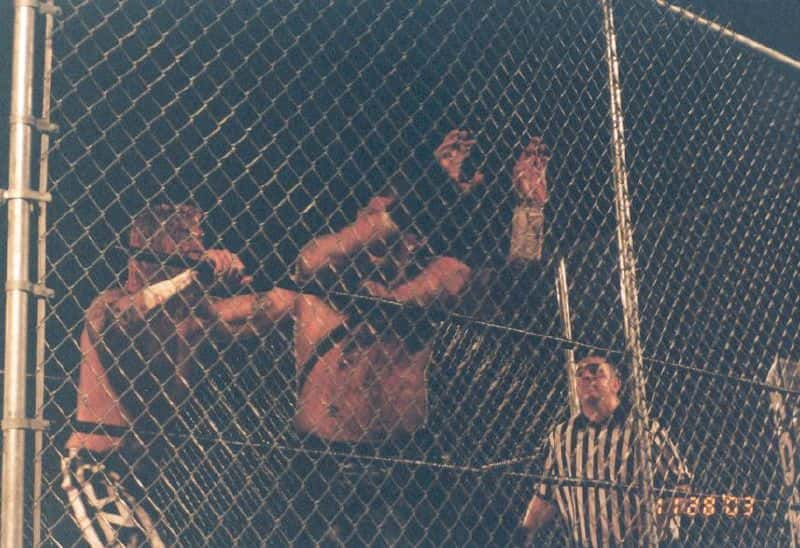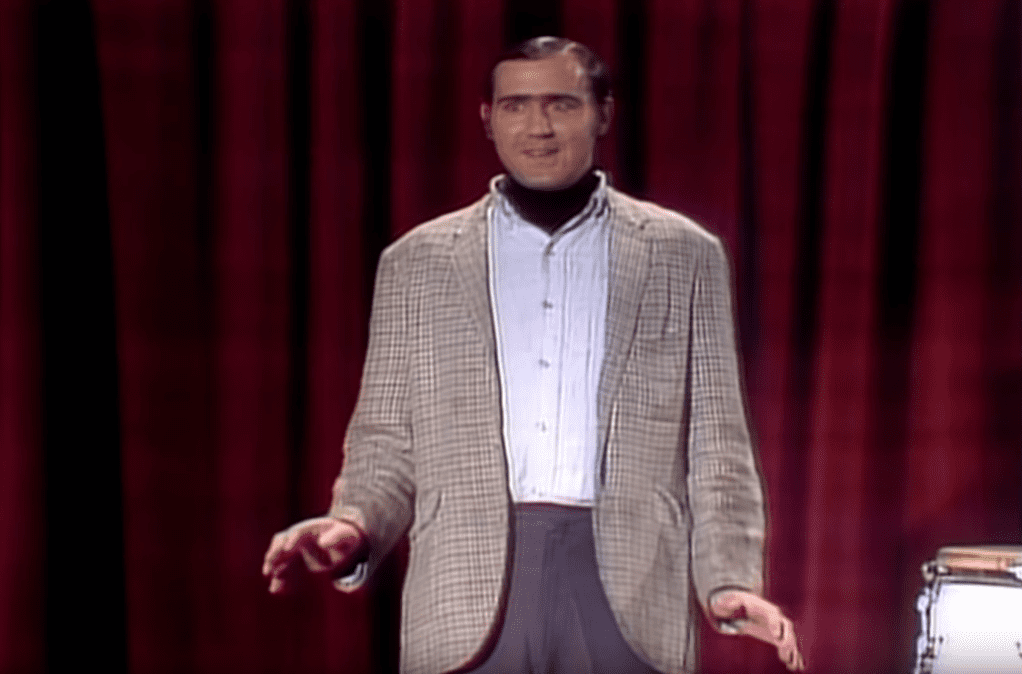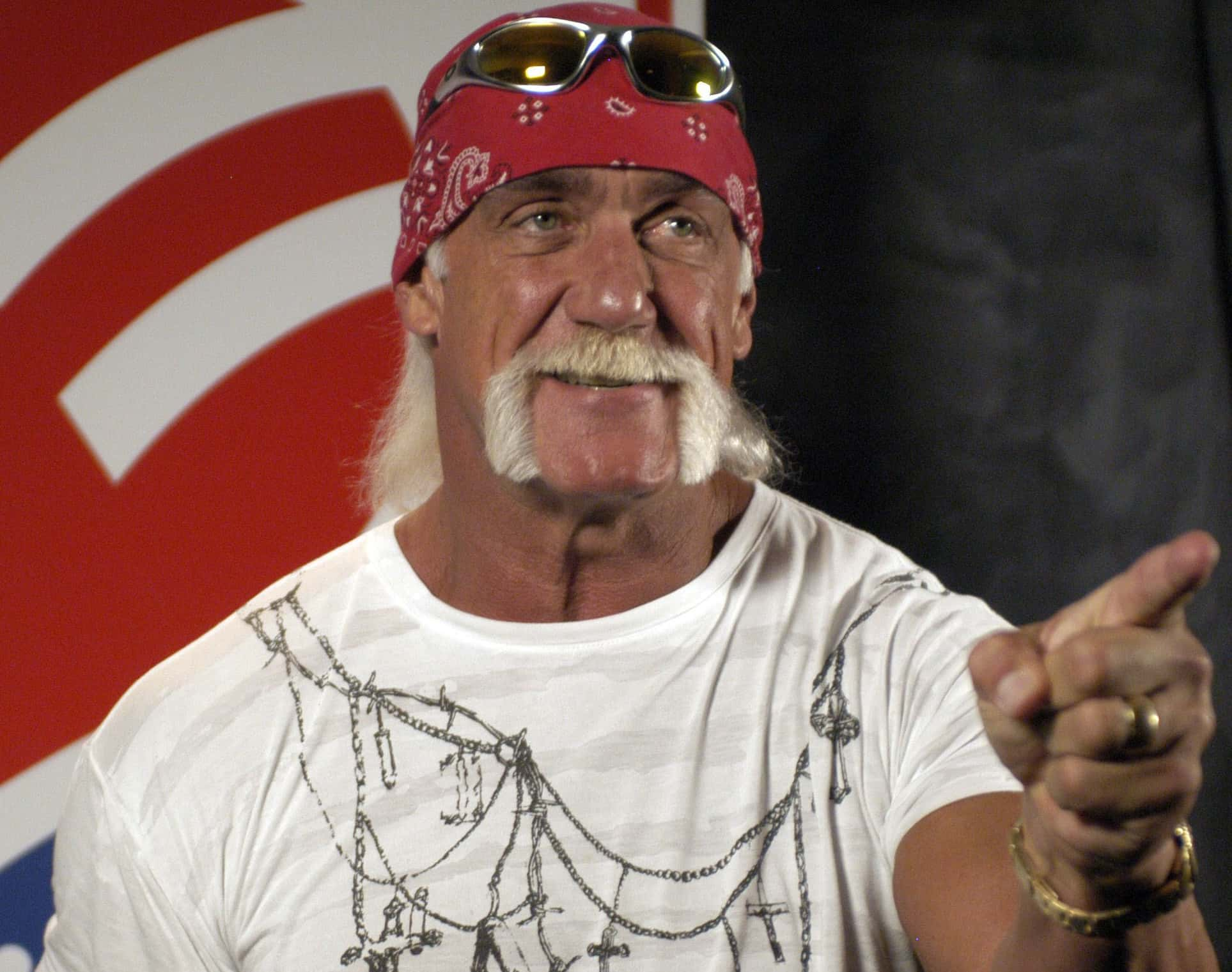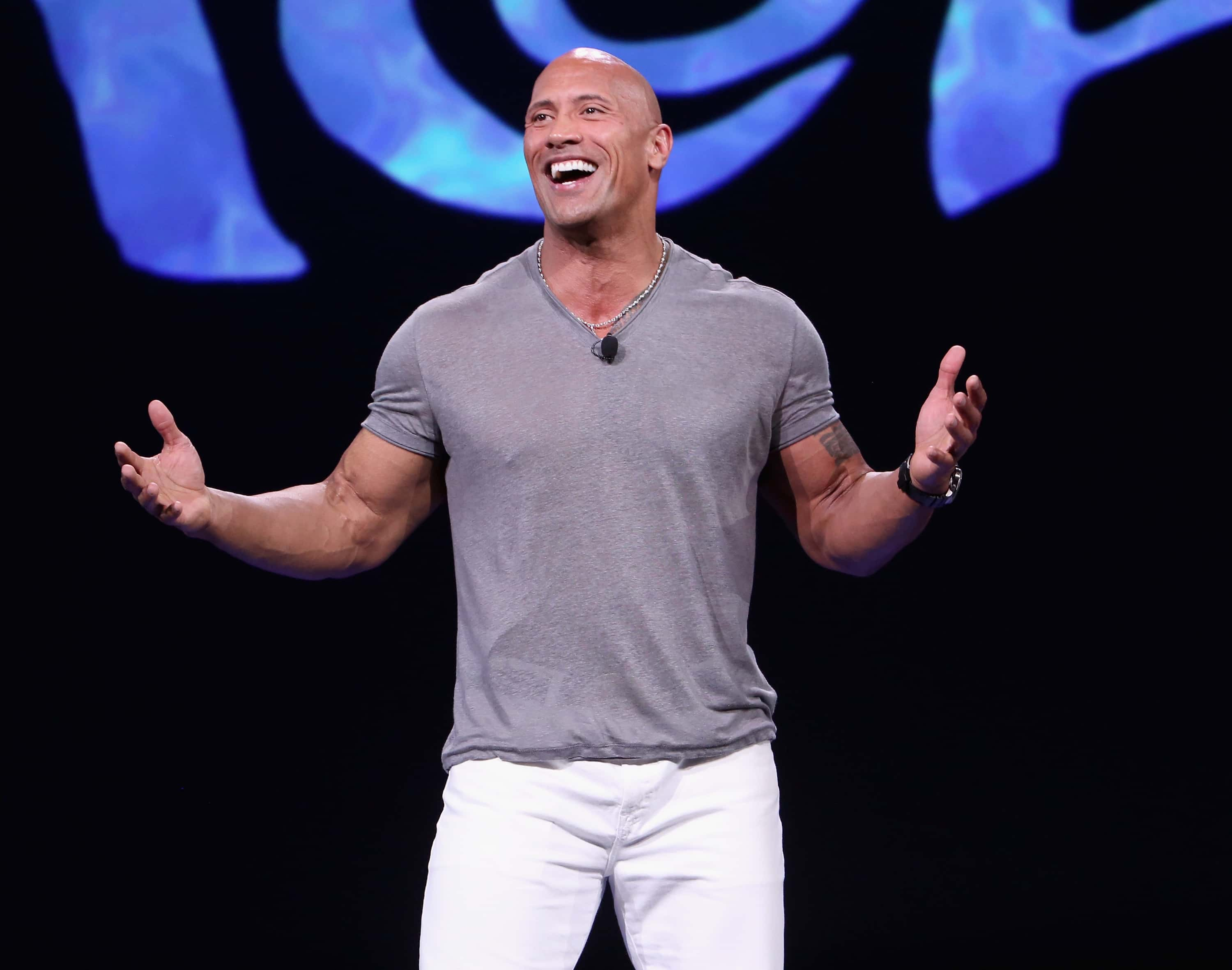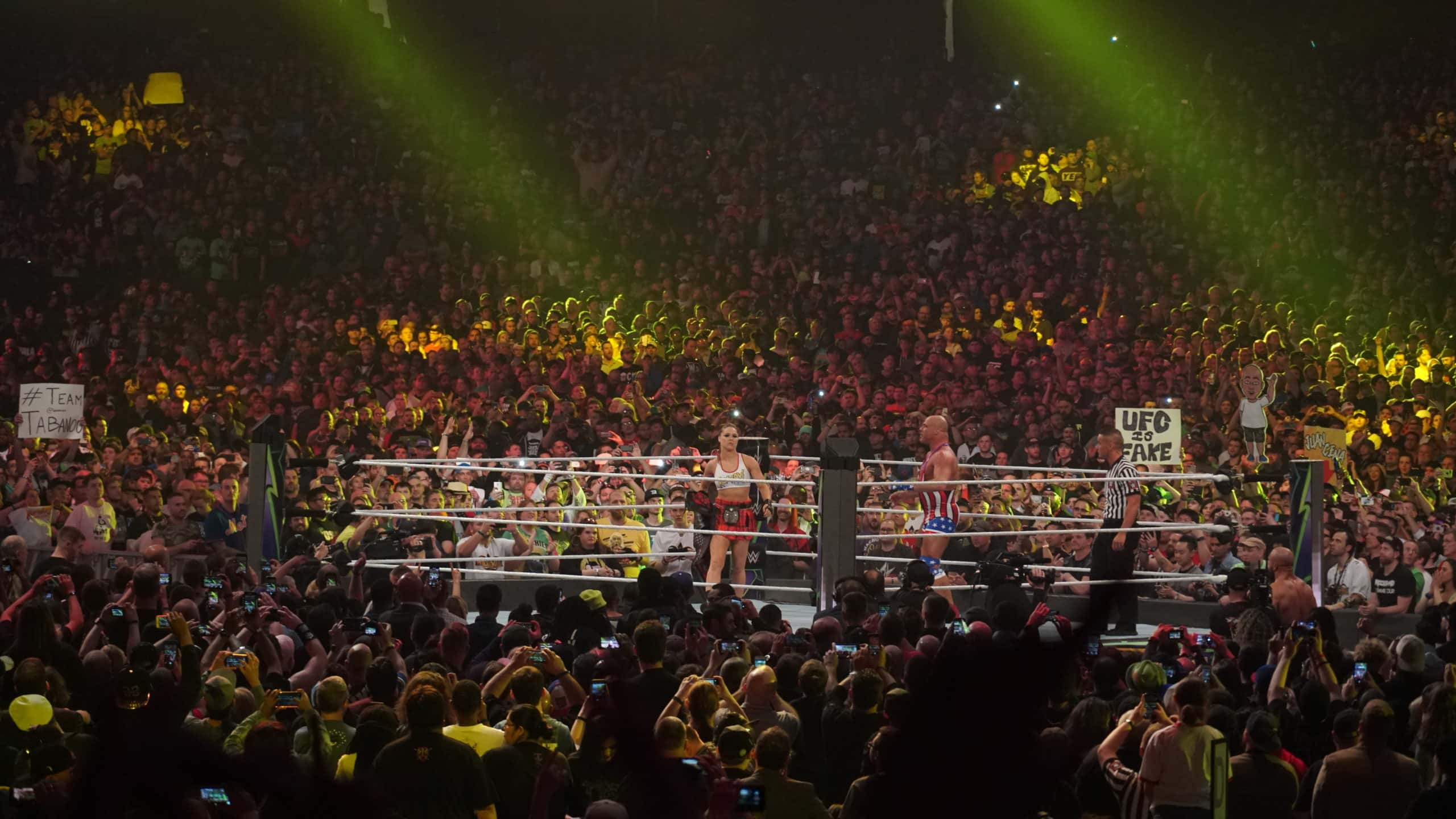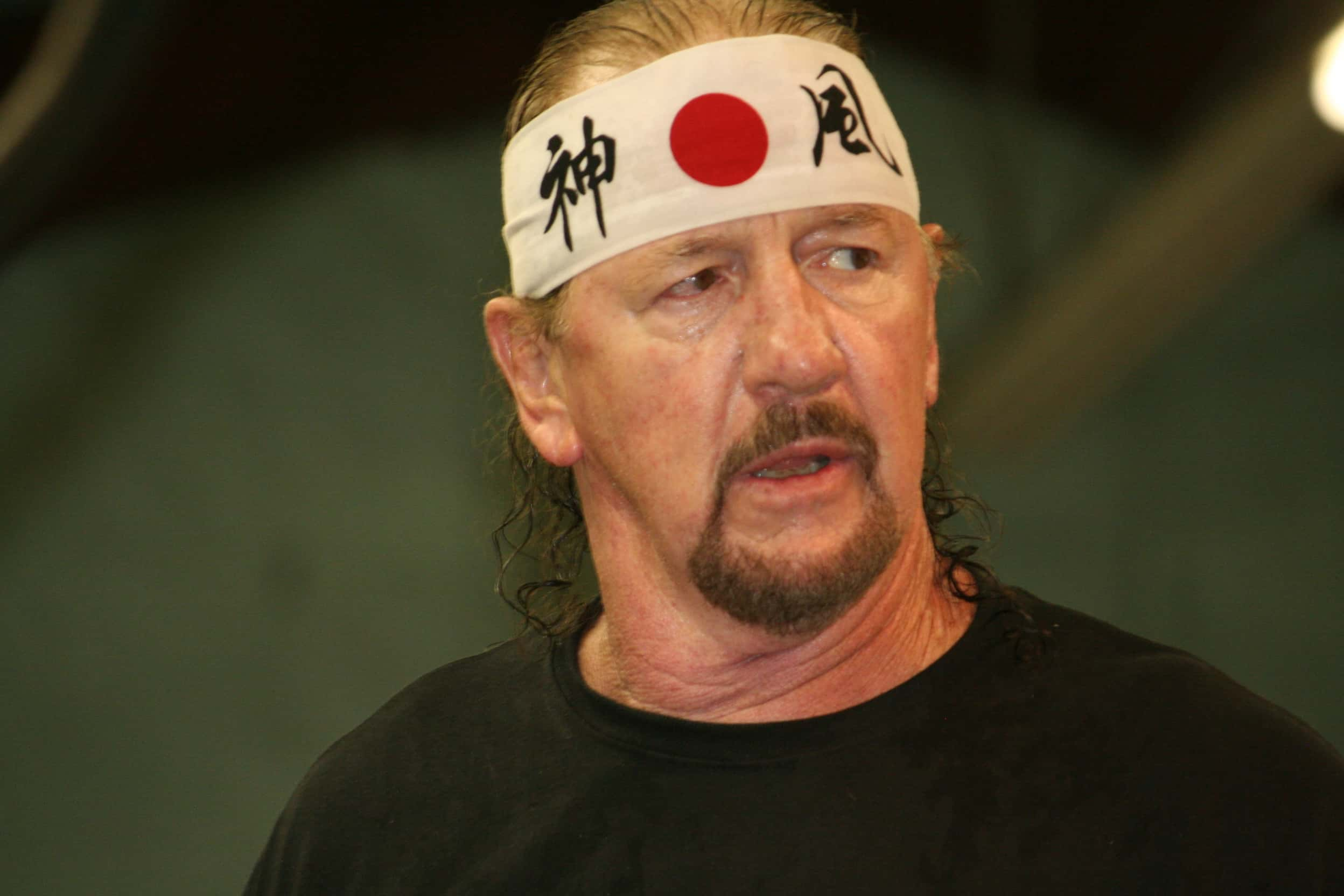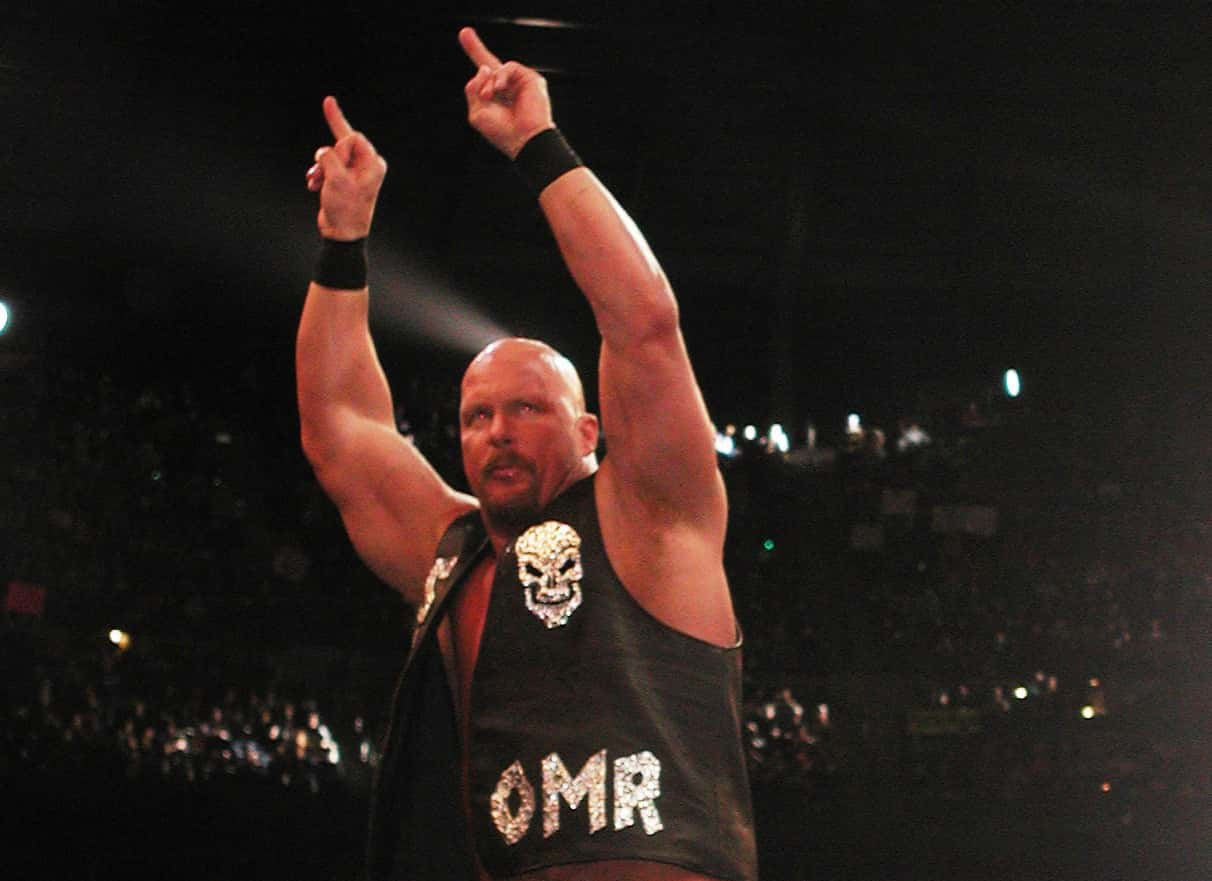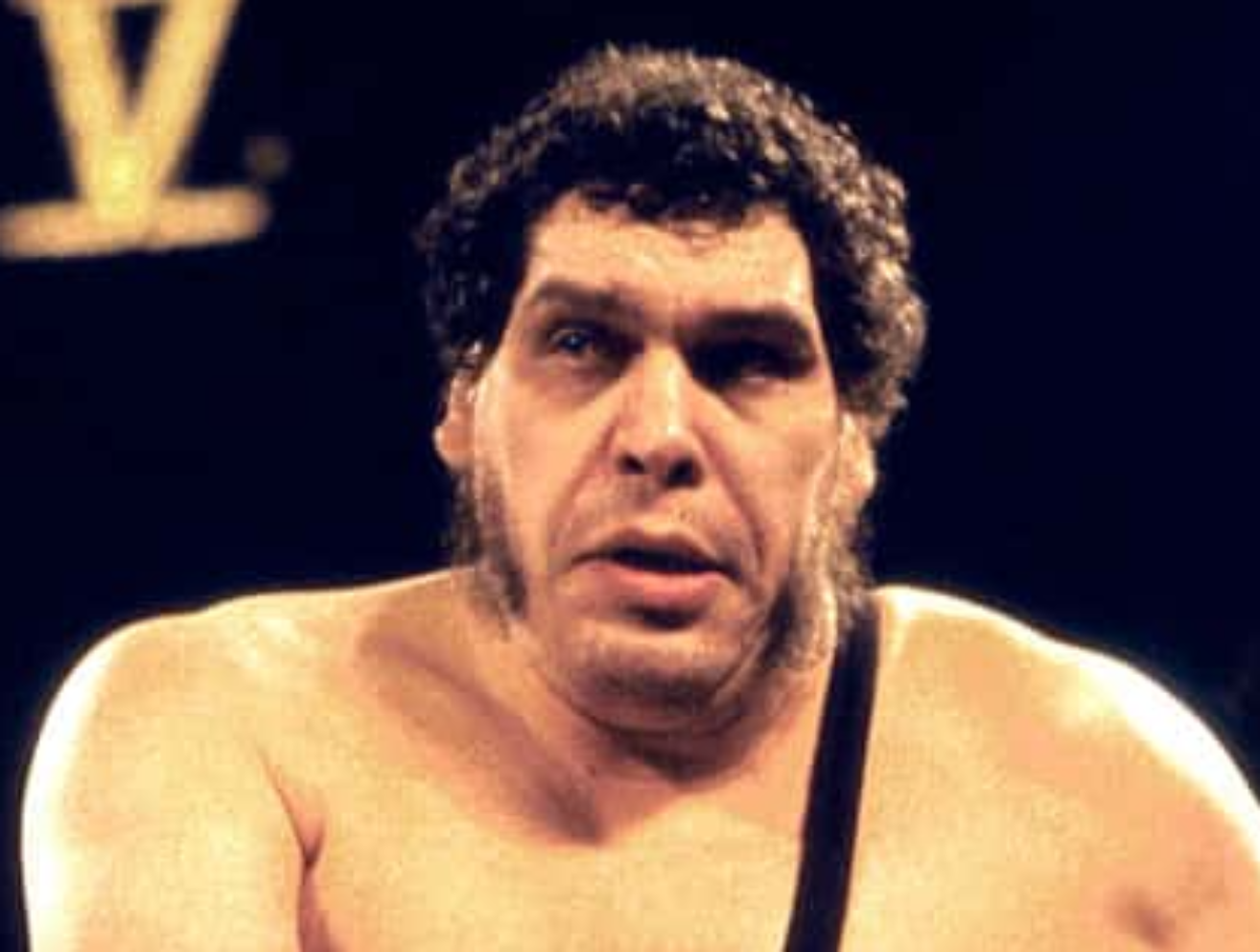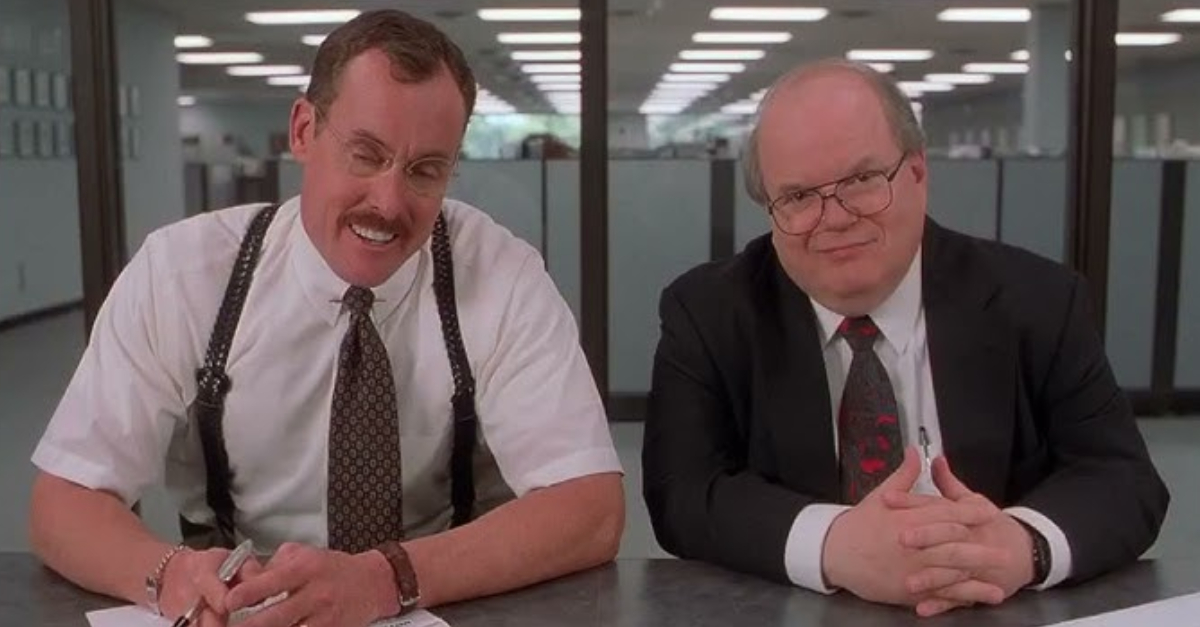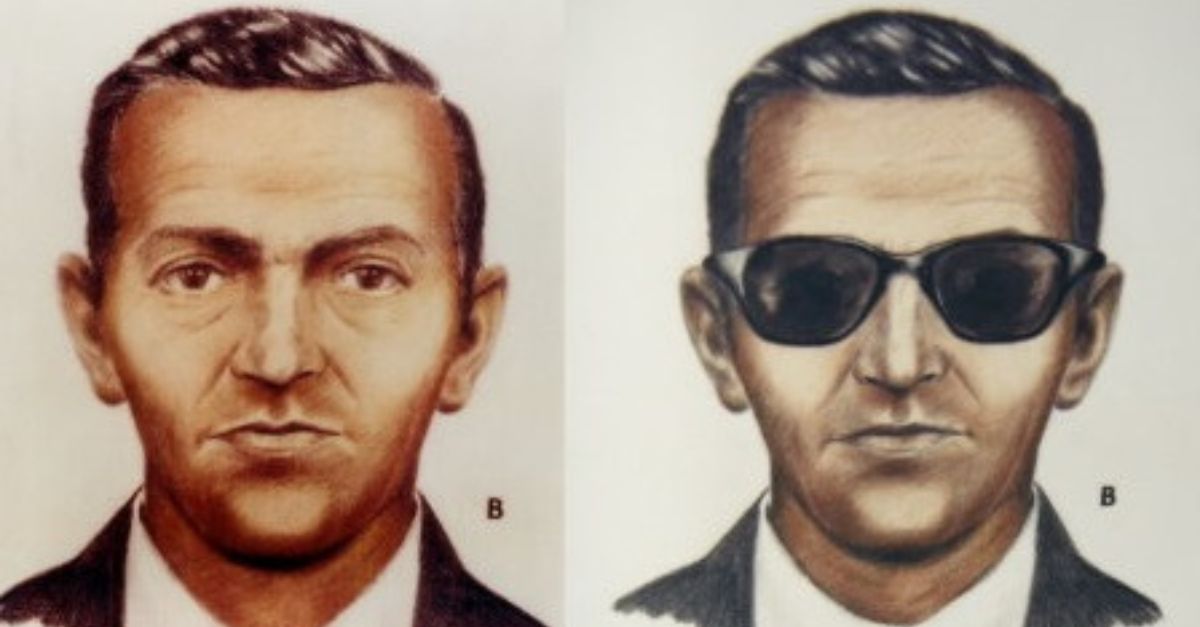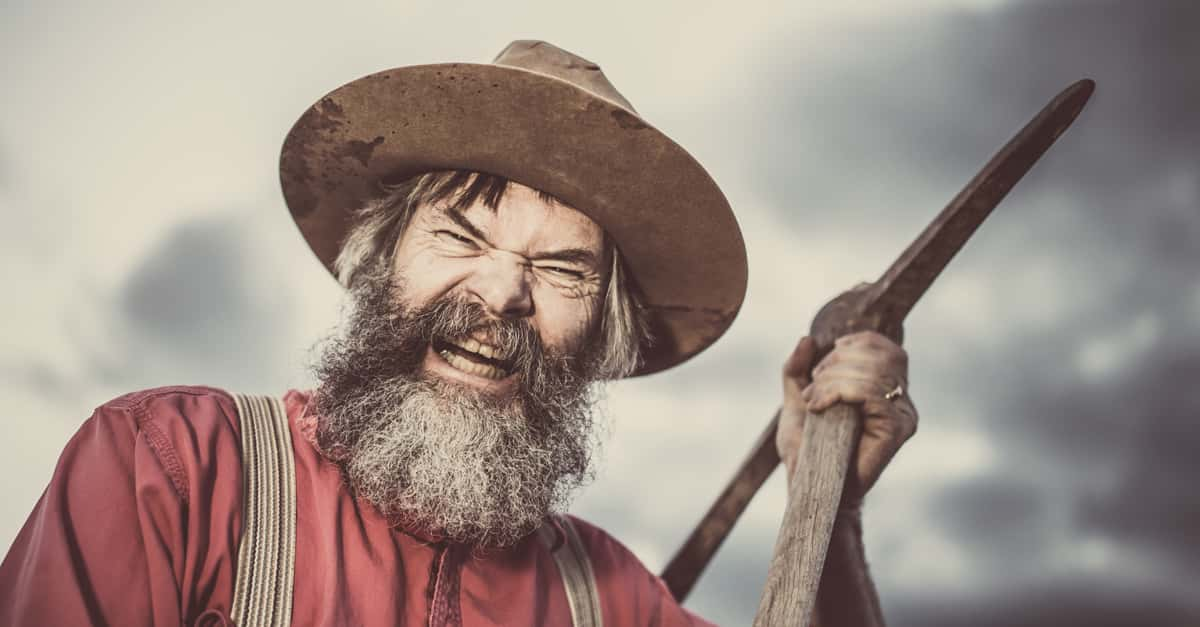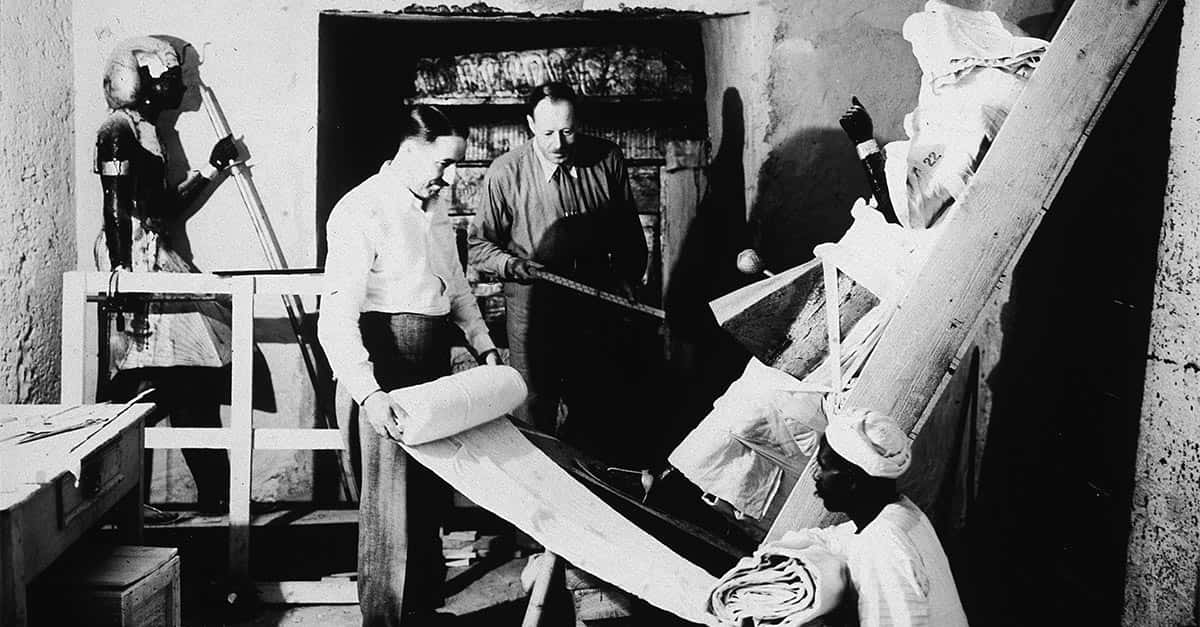"You can have a wrestling idea, but you need to have these momentum-shifting moves. We had the Hulkamania movement, then it shifted to the brew-drinking, Stone Cold era, we reinvented the business with growing the black beard and becoming the bad guy, what's that next level?"—Hulk Hogan
The most important fact about professional wrestling is the one its promoters and performers have tried to shield, and in some cases still do, from its audience. Professional wrestling is scripted and the combatants aren’t actually trying to maim and injure each other. Although that knowledge may undermine some of the pro wrestling’s inherent mystique, it also makes one appreciate its artistry and craft even more. Professional wrestling is the peculiar marriage of the athletic excellence of sports with the dramatic brilliance of theatre. That incredible combination is the reason why pro wrestling is a global phenomenon, counting fans from all across the world and from many different walks of life. Here are some facts that you might have known about the wonderful and wacky world of professional wrestling.
42. Collision in Korea
The largest live crowd for a professional wrestling event was in a rather surprising venue. In 1995, American wrestling promotion WCW and Japanese promotion NJPW held a two-day event at May Day Stadium in Pyongyang, North Korea called Collision in Korea. Each day brought in crowds of over 150,000 people, though reports indicate that members of the crowd were forced to attend the show by North Korean authorities.
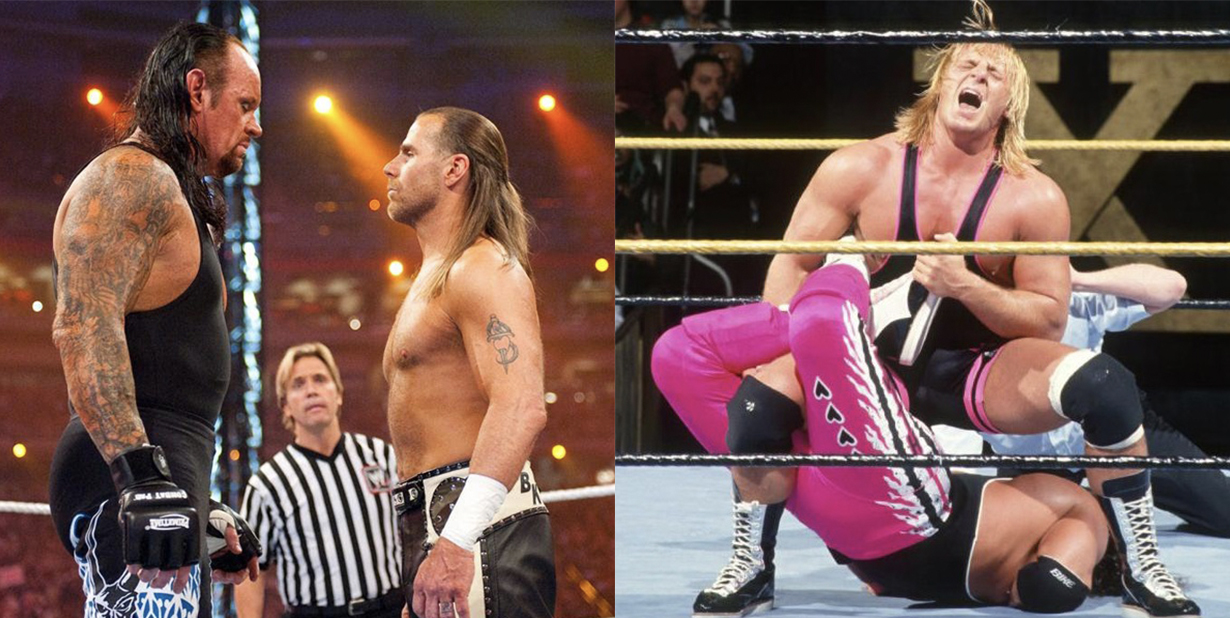
41. Blading
You might think that when wrestlers bleed they’re using fake blood, but it's actually often real blood. When wrestlers are scripted to bleed, they do so by making a small cut, usually on their forehead, with a piece of razorblade that is concealed in their tights or wrist tape. However, the practice of blading has recently started being phased out in pro wrestling due to various health risks. In the WWE, blading is outright banned and matches where wrestlers legitimately bleed are halted by the referee so the blood can be cleaned up. Probably for the best.
40. Kayfabe
The guiding philosophical principle behind professional wrestling is kayfabe. The Oxford Dictionary defines kayfabe as “the fact or convention of presenting staged performances as genuine or authentic". Like magicians protecting the secrets behind their illusions and tricks, wrestlers and promoters have been known to fiercely protect kayfabe.
39. ¡Lucha Libre!
In Mexico, professional wrestling is known as lucha libre. Lucha libre is known for a distinct style that incorporates a rapid pace, high-flying moves, and wrestlers donning colorful masks. The term lucha libre loosely translates to “freestyle wrestling".
38. The Masks of Lucha Libre
The mask is a defining aspect of lucha libre. Masks are a vital component of the wrestler’s identity. Most luchadores in Mexico start off wearing a distinctive mask and will also make public appearances wearing them. A common trope in lucha libre is the mask vs. mask match, where following the bout, the losing wrestler must unmask themselves and adopt a new character or identity.
37. Iconic El Santo
One of the most celebrated and revered luchadores of all time was El Santo. Not only was El Santo a star in the wrestling ring, but he was also a prominent figure in Mexican cinema. El Santo would appear in what were essentially superhero movies, while still in his wrestling persona, including his iconic silver mask. Only once did El Santo appear in public without his mask, which he did during a talk show appearance that occurred only a week before his passing. As per his requests, El Santo was buried wearing his iconic mask.
36. Pro Wrestling from the Land of the Rising Sun
In Japan, professional wrestling is referred to as puroresu, which is derived from a shorthand of the Japanese pronunciation of the English term "pro wrestling". Japanese pro wrestling is characterized by a more legitimate presentation featuring harder hitting and stronger strikes. Compared to pro wrestling in the United States or lucha libre in Mexico, Japanese professional wrestling has typically been lighter on theatrics. However, this is slowly changing and today Japan is home to countless wrestling promotions with varying degrees of styles and influences.
35. Father of Puroresu
Rikidōzan was born in Korea in 1924 while it was under Japanese rule, and following the lost of his father, he was adopted by a Japanese family. He initially pursued a career in sumo wrestling before entering the pro scene. As he was often pitted against American wrestlers like Lou Thesz, Freddie Blassie, and The Destroyer, Rikidōzan became a huge star in the nascent days of Japanese pro wrestling in the 1950s. As a result, Rikidōzan is considered the “Father of Puroresu".
34. The Prestigious Ironman Heavymetalweight Championship
Dramatic Dream Team (DDT) is a rather unusual wrestling promotion based out of Japan. They are known for their over-the-top wrestler gimmicks and equally wacky matches. Perhaps the best example of its eccentric tendencies is the list of winners of its Ironman Heavymetalweight Championship. That prestigious title has been “won” by animals, inanimate objects like a ladder and Vince McMahon’s star on the Hollywood Walk of Fame, and even two “invisible” wrestlers. Wrestling: you gotta love it!
33. Wrestling Diplomacy
While still in the middle of an active career, legendary Japanese wrestler Antonio Inoki was elected to his country’s parliament. In 1990, he traveled to Iraq as part of an unofficial one-man delegation to negotiate the release of Japanese hostages captured by Saddam Hussein's forces. The negotiations were successful and Inoki would later arrange a wrestling event in Iraq.
32. Tagging With a Childhood Hero
A 17 year-old boy from small-town Ontario by the name of Adam Copeland attended 1990’s Wrestlemania VI at Toronto’s SkyDome. He was dressed in a yellow Hulk Hogan shirt and cheered on the Hulkster during his main event match against the Ultimate Warrior. That young wrestling fan would eventually become the professional wrestler known as Edge. Amazingly, in 2002, Edge became WWE Tag Team Champions with none other than his childhood hero, Hulk Hogan.
31. The Longest Match
According to the Internet Wrestling Database, the longest professional wrestling match lasted over three hours. The match in question featured then-independent wrestler Chris Hero (who now goes by Kassius Ohno on WWE NXT) participate in a gauntlet match where he faced a number of wrestlers in a series of mini-matches. The match took place on July 7, 2015 in Waterloo, Ontario, Canada and all proceeds from the event were donated to ALS Canada.
30. All GLOW-ed Up
The critically acclaimed Netflix series GLOW is loosely based on a real-life wrestling promotion of the same name. The Gorgeous Ladies of Wrestling or G.L.O.W. was based out of Las Vegas and produced four seasons of their syndicated wrestling show.
29. Wrestling and Philosophy
In his seminal 1957 book Mythologies, French philosopher and literary theorist Roland Barthes devotes one entire essay into breaking down the mythology behind professional wrestling. In the essay, “World of Wrestling,” Barthes describes the quasi-sport as a “spectacle of excess” that presents an idealized form of the constant struggle between good and evil. Finally, someone says what we're all thinking, amirite?! Despite being written over sixty years ago and originally in French, the essay still holds many truths of contemporary professional wrestling.
28. Going Pro
There have been many instances where distinguished practitioners of amateur or “real” wrestling have crossed over to the flamboyant world of professional wrestling. These wrestlers include Olympic gold medalist Kurt Angle, former NCAA heavyweight wrestling champion Brock Lesnar, and Bob Backlund, who won the NCAA Division II wrestling title.
27. Celebrity Wrestlers
Being a form of popular entertainment, it's only natural that many of the stars of film and television and other industries have made appearances on pro wrestling programming. Some have even taken it a step further and stepped into the ring for an actual wrestling match. Some celebrities that laced up their boots for a grappling contest include Mr. T, who appeared in the main event of the first Wrestlemania, entertainment reporter Maria Menounos, talk show host Jay Leno, and basketball rivals Karl Malone and Dennis Rodman, who faced off against each other in a tag team match just week after they were on opposite sides of the NBA Finals.
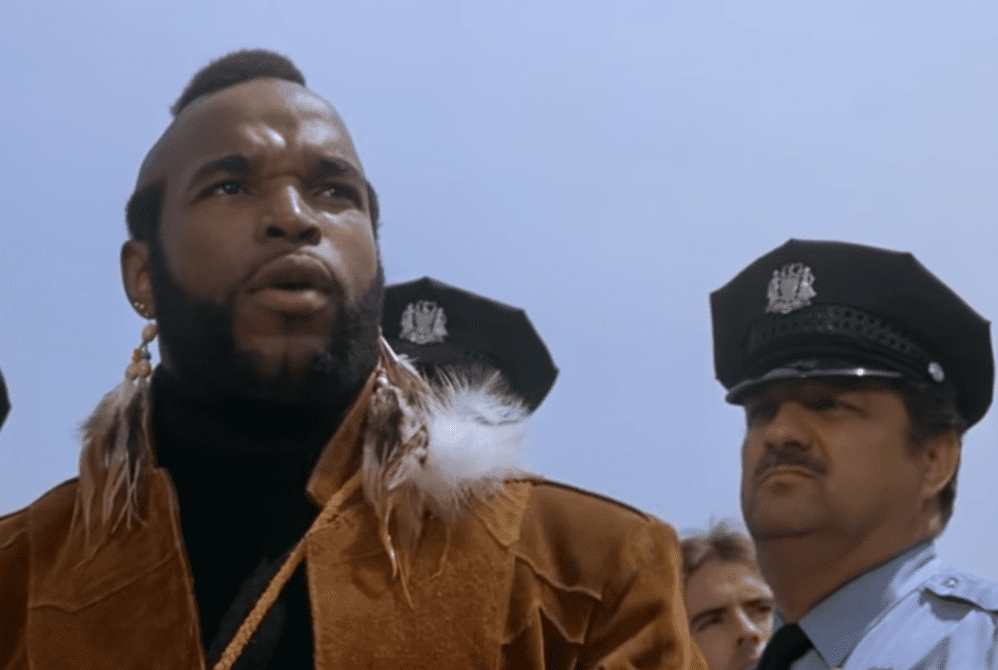 Rocky III (1982), United Artists
Rocky III (1982), United Artists
26. David Arquette: Actor and Wrestler
One of the most infamous celebrity wrestlers of all time was David Arquette. As part of a marketing promotion for his film Ready to Rumble, WCW booked Arquette to become their World Heavyweight Champion in the year 2000. The stunt was not well-received and many believe this was one of the contributing factors to WCW’s eventual closure the following year.
25. The Animal Instincts of a Wrestler
Terrible Ted was a professional wrestler who wrestled all throughout the United States and Canada from the 1950s to the mid-1970s. He wrestled some of the biggest names in wrestling history, like Superstar Billy Graham, Bobby Heenan, and Baron von Raschke. But what made Terrible Ted rather unique was that he was actually a 600 lb. black bear! To prevent any serious injuries, Terrible Ted would wrestle with a muzzle.
24. The Wrestler
Darren Aronofsky’s 2008 film The Wrestler provides a rather unflinching and realistic profile of professional wrestling. The movie is about an all-too-familiar tale of an aging wrestler still trying to live up to his professional wrestling heyday, despite mounting health and relationships issues. For his portrayal as Randy Robinson, actor Mickey Rourke received many accolades including an Oscar nomination for Best Actor.
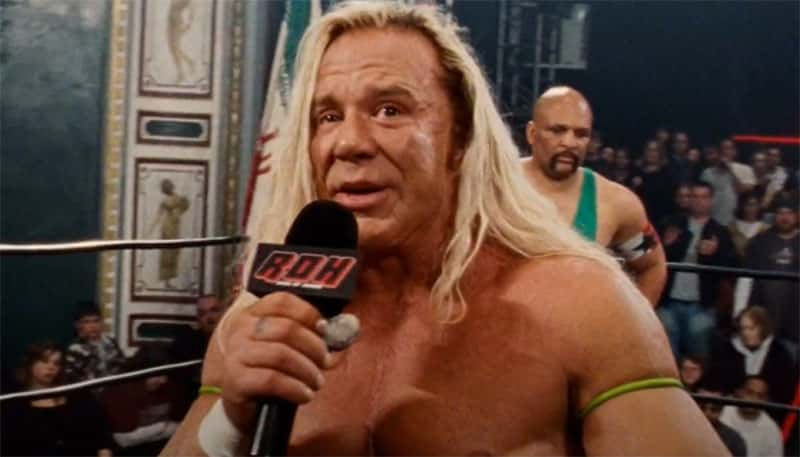 The Wrestler (2008), Wild Bunch
The Wrestler (2008), Wild Bunch
23. A Long and Storied Career that Almost Wasn’t
“The Nature Boy” Ric Flair is one of the most beloved and acclaimed professional wrestlers of all time. He would go onto win 16 World Championships in his long career. However, his career and life were almost tragically cut short very early into his life as a pro wrestler. In 1975, Flair was in a serious plane crash that broke his back in three different places. Doctors initially told him that he wouldn't be able to wrestle ever again. However, after an arduous physical therapy regimen, Flair returned the ring a mere eight months after the plane crash.
22. Rap Muse
The combination of his penchant for high fashion like his elaborate and bejeweled robes, his fiery mic skills, and his overall “stylin’ and profilin’” suaveness have made Ric Flair into a pretty big icon in the world of hip-hop. Billboard once referred to him as a “rap muse” as he has been name-checked in many rap songs over the years by the likes of Pusha T, Killer Mike, Cam’ron, and Iggy Azalea. Perhaps the most notable Ric Flair rap song is the 2017 Offset, 21 Savage, and Metro Boomin’ collaboration “Ric Flair Drip". The song reached number 13 on the Billboard Hot 100 and “The Nature Boy” himself appears in the accompanying music video.
21. Gorgeous George
One of the most influential American professional wrestlers was Gorgeous George. The California-based performer was a star of 1940s and 1950s pro wrestling, when it was broadcast on television for the first time. Realizing the reach of the new medium, Gorgeous George exhibited an over-the-top flamboyance and charisma that would be adopted by the likes of singer James Brown and boxer Muhammad Ali.
20. Territory System
For much of the 20th century, pro wrestling in Canada and the United States was divided in a rigid territory system. Only one wrestling promotion could operate within a designated geographic territory. The rise of wrestling programming on cable television and Vince McMahon Jr.’s aggressive expansion efforts eventually led to the demise of the territory system.
19. Bret Hart
Bret “The Hitman” Hart was born into the wrestling business. His father Stu was a legendary wrestler and promoter, all seven of his brothers became wrestlers, and all four of his sisters married wrestlers. Hart had a lengthy career with the WWE, winning many championships along the way. Hart is especially beloved in his native Canada, where, in 2004, he was voted the 39th greatest Canadian in a public poll conducted by the Canadian Broadcasting Corporation.
18. Playing With Fire
One of the coolest looking wrestling moves—provided if it’s done correctly—is the fireball, when a wrestler seemingly produces a supernatural spherical flame and launches it towards their opponent. The illusion is created by a wrestler igniting a small piece of flash paper and quickly throwing it at the direction of the opponent.
17. Not Easy Being on The Road
Performers signed with the WWE are subject to a grueling schedule that requires them to perform three to four days a week in live events all over the world. With no off-season, it isn’t unusual for a wrestler to perform over 200 shows a year. The number of days away from home increases when factoring in travel days to far-flung international locations.
16. How to Win a Match
There are five ways to win a standard professional wrestling match. The most common is the pinfall, when you pin your opponent’s shoulders on the mat for three seconds. You can also win by submission, when your opponent submits, usually by tapping his hand on the mat. A wrestler will also be rewarded the victory if their opponent is disqualified, being outside of the ring for too long (known as a countout), or if the opponent is knocked out or incapacitated.
15. Dave Meltzer
One of the most influential people in the world of professional wrestling is journalist Dave Meltzer. Meltzer is the man behind the Wrestling Observer Newsletter, which for four decades has given wrestling fans a sneak peek behind the curtain as he reveals stories on planned directions for storylines, the contract statuses of wrestlers, and other juicy insider information. Meltzer is also known for rating wrestling matches, much like a movie reviewer reviews movies. His highest rating of five stars is a rather rare occurrence and is considered a pretty special honor.
14. When Wrestling Goes Meta
With the rise of the newsletters like Meltzer’s and Internet message boards, most wrestling fans know what they are watching is scripted and usually have an indication of where storylines are headed. However, there are times when wrestling companies try to pull a fast one on their fans and present a storyline that appears to be unscripted. This is called a “worked shoot” and one of the most famous examples took place in the summer of 2011 when WWE wrestler CM Punk delivered a blistering promo that took shots at the company’s major authority figures and broke “kayfabe” or wrestling’s fourth wall numerous times. Towards the end of his promo, his microphone was even cut off. However, everything about the segment was scripted and pre-approved; though fans watching live thought they were watching something truly unprecedented.
13. Wrestling Lingo
The world of professional wrestling has its own vocabulary, full of strange and unusual terms. Some notable wrestling jargon includes babyface and heel, which mean good guy and bad guy, respectively. Many of the idiosyncratic terms of wrestling jargon have roots to turn of the century carnivals and circuses, where wrestling was a common attraction.
12. Finishing Move
Every wrestler has a signature finishing move, which once performed on their opponent usually leads to a quick victory. Finishing moves could take the form of a powerful high impact move like The Rock’s People’s Elbow and The Undertaker’s Tombstone Piledriver, or a submission hold like Bret Hart’s Sharpshooter or Ric Flair’s Figure Four Leg Lock.
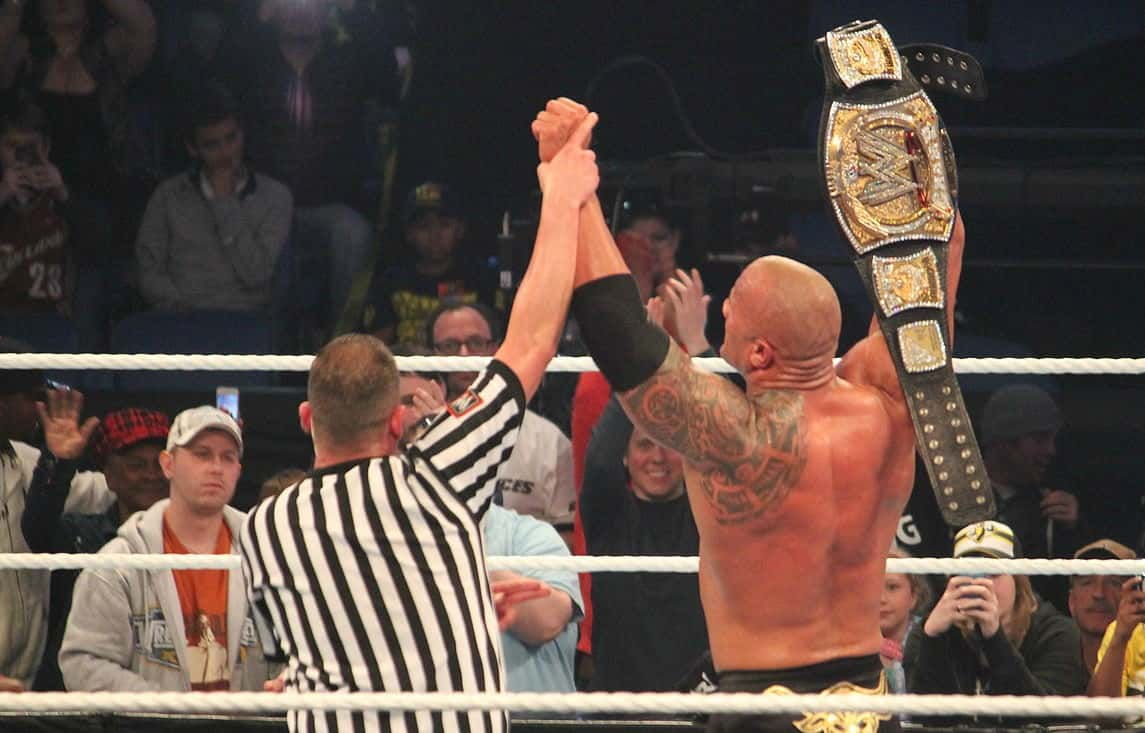 Wikipedia, Megan Elice Meadows
Wikipedia, Megan Elice Meadows
11. Short Lifespan of Wrestlers
The arduous travel schedule, lingering pain from wrestling moves, and the use of painkillers to deal with said pain are some of the contributing factors as to why so many professional wrestlers perished young. According to a study by the University of Eastern Michigan, of the 62 wrestlers they studied who passed between the years of 1985 and 2011, 49 of them were under the age of 50.
10. The Cage Match
One of the most infamous specialty wrestling matches is the steel cage match. Traditionally, the steel cage match is used as a final grudge match to conclude a heated rivalry. These matches are usually more violent than normal, with the steel enclosure often coming into play as a weapon.
9. Andy Kaufman
Andy Kaufman, one of the most bizarre and revered comedians of all time, made a foray into the world of pro wrestling. Kaufman was a big fan of wrestling’s inherent theatrical element and would soon develop an engaging and seemingly real-life feud with Memphis-based wrestler Jerry Lawler. Their feud included an appearance on David Letterman’s Late Night show where Lawler attack Kaufman. Only years after Kaufman’s passing was it revealed that all of their interactions were staged.
8. The Turn
In this writer’s opinion, there is nothing more exhilarating in wrestling than when a good guy turns bad or a bad guy turns good. The turn, as the concept is commonly referred to, can be a pivotal moment in wrestler’s career. Some prominent turns include Hulk Hogan abandoning his colorful all-American persona and joining the evil New World Order and the infamous double-turn of Wrestlemania 13, when Bret Hart and Stone Cold Steve Austin entered their match as the respective good and bad guy, and left the match as the opposites.
7. Crossover Stars
There have been many instances of professional wrestlers transcending the squared circle and becoming crossover stars. The most prominent example is Dwayne “The Rock” Johnson, who after a successful career as a professional wrestler has become one of the biggest and highest paid movie stars in the world. In fact, The Rock topped Forbes’ 2018 Celebrity 100 list, where he made $124 million from June 2017 to June 2018, the largest amount in the history of the Celebrity 100.
6. Ronda Ready to Rumble
After becoming a major trailblazing star in the octagon, Ronda Rousey now has her sights set on the world of professional wrestling. She made her in-ring wrestling debut in the 2018 edition of Wrestlemania. Rousey is a lifelong pro wrestling fan and her nickname “Rowdy” is an homage to the late, great pro wrestler “Rowdy” Roddy Piper.
5. The Immortal Terry Funk
There are a few guarantees in life: the end, taxes, and Terry Funk still wrestling. The wrestler from Amarillo, Texas had his first match in 1965 and more than 50 years later, and despite many short-lived retirements, he still turns up ready for a fight. His most recent match took place in September 2017, when he teamed up with The Rock N’ Roll Express to take on the team of Jerry Lawler, Brian Christopher, and Doug Gilbert.
4. In-Ring Deaths
Despite it being planned and scripted, real-life and in-ring accidents can occur and tragically, these accidents can lead to passing. One of the most accomplished Japanese wrestlers of all-time Mitsuharu Misawa passed in the ring following a suplex where he suffered a cervical spinal cord injury that led to cardiac arrest. One of the most tragic incidents in the history of the WWE is the passing of Owen Hart, Bret Hart's brother. Owen lost his life after the harness rig that was supposed to descend him to the ring from the rafters failed. He fell chest-first on the top rope and suffered blunt force trauma and internal bleeding.
3. Montreal Screwjob
Although he is now a WWE Hall of Famer and still makes occasional appearances on WWE programming, Bret Hart’s initial departure from the company in 1997 is considered one of the most infamous moments in wrestling. Hart was embroiled in a heated contract dispute with Vince McMahon and the WWE. He decided to jump ship and sign with the rival World Championship Wrestling promotion. The last remaining hurdle in Hart’s tenure with the WWE was that he was still the WWE Champion. He rejected the company’s plans for him to drop the title to real-life rival Shawn Michaels. Unbeknownst to Hart, McMahon concocted a plan where he would ring the bell prematurely and end the match and reward it to Michaels. Adding insult to injury, the match took place in Hart’s native Canada, in Montreal, and the incident is referred to fans as the Montreal Screwjob.
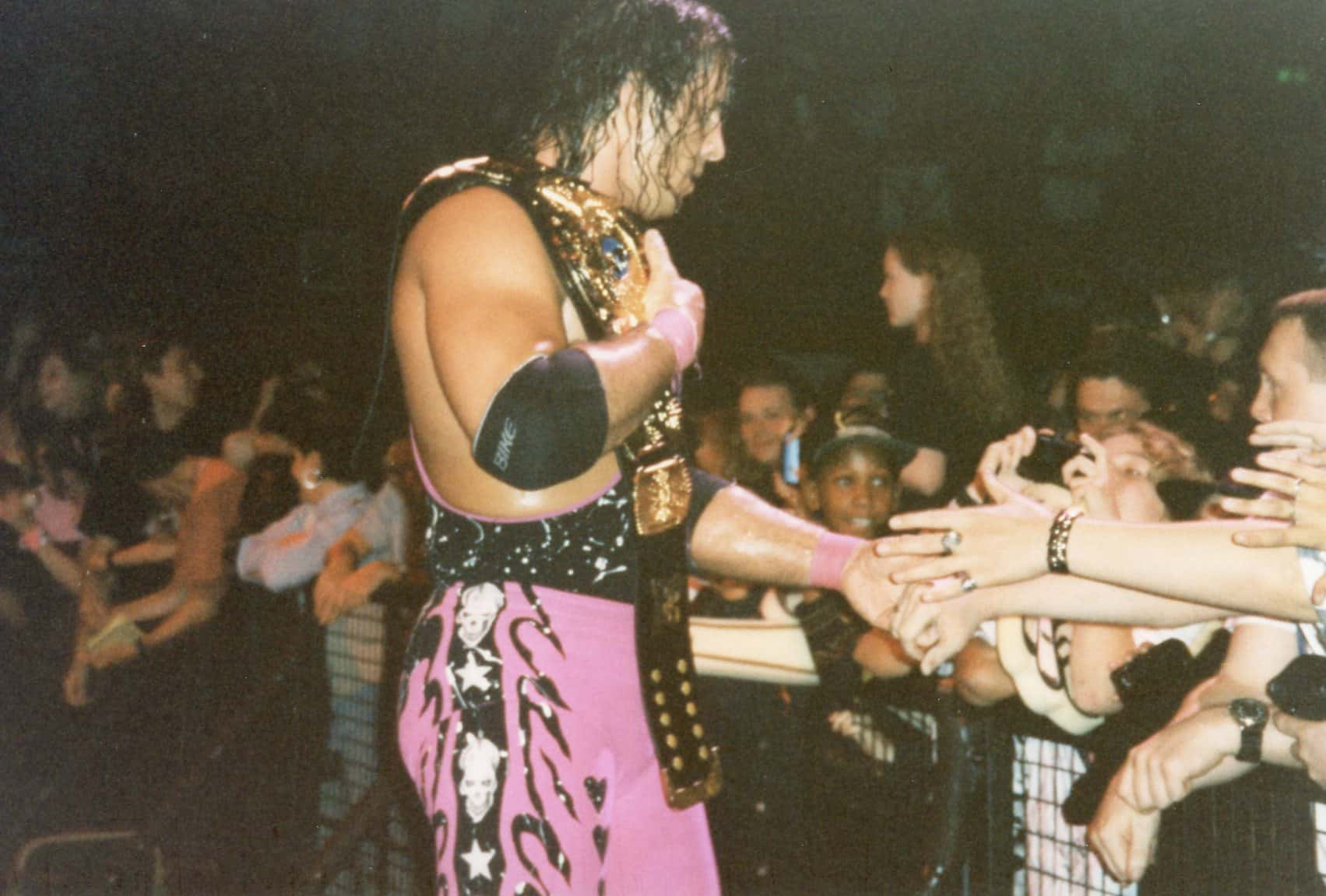 Wikimedia Commons, Mandy Coombes
Wikimedia Commons, Mandy Coombes
2. Piledriver
One of the most legitimately devastating professional wrestling moves is the piledriver, where a wrestler carries their opponent upside down and drives them headfirst into the mat. The move can lead to serious neck and head injuries. For instance, Stone Cold Steve Austin broke his neck when Owen Hart delivered a piledriver in 1997. Owing to the dangerous nature of the move it is banned in certain jurisdictions like Mexico and is currently only allowed to be performed in the WWE by veteran performers Kane and The Undertaker.
1. A Giant Thirst
In his heyday, the legendary Andre the Giant was billed as the “Eight Wonder of the World". Owing to his large size of over seven feet and 500 pounds, he was able to pound back quite a few. He is reported to have once take 106 beers in a single night and was known to start his morning by consuming an entire case of booze!
Sources: 1, 2, 3, 4, 5, 6, 7, 8, 9, 10, 11, 12, 13, 14, 15, 16, 17, 18, 19, 20, 21, 22, 23, 24, 25, 26, 27, 28, 29, 30, 31, 32, 33, 34, 35, 36, 37, 38, 39, 40, 41, 42, 43, 44, 45, 46, 47

